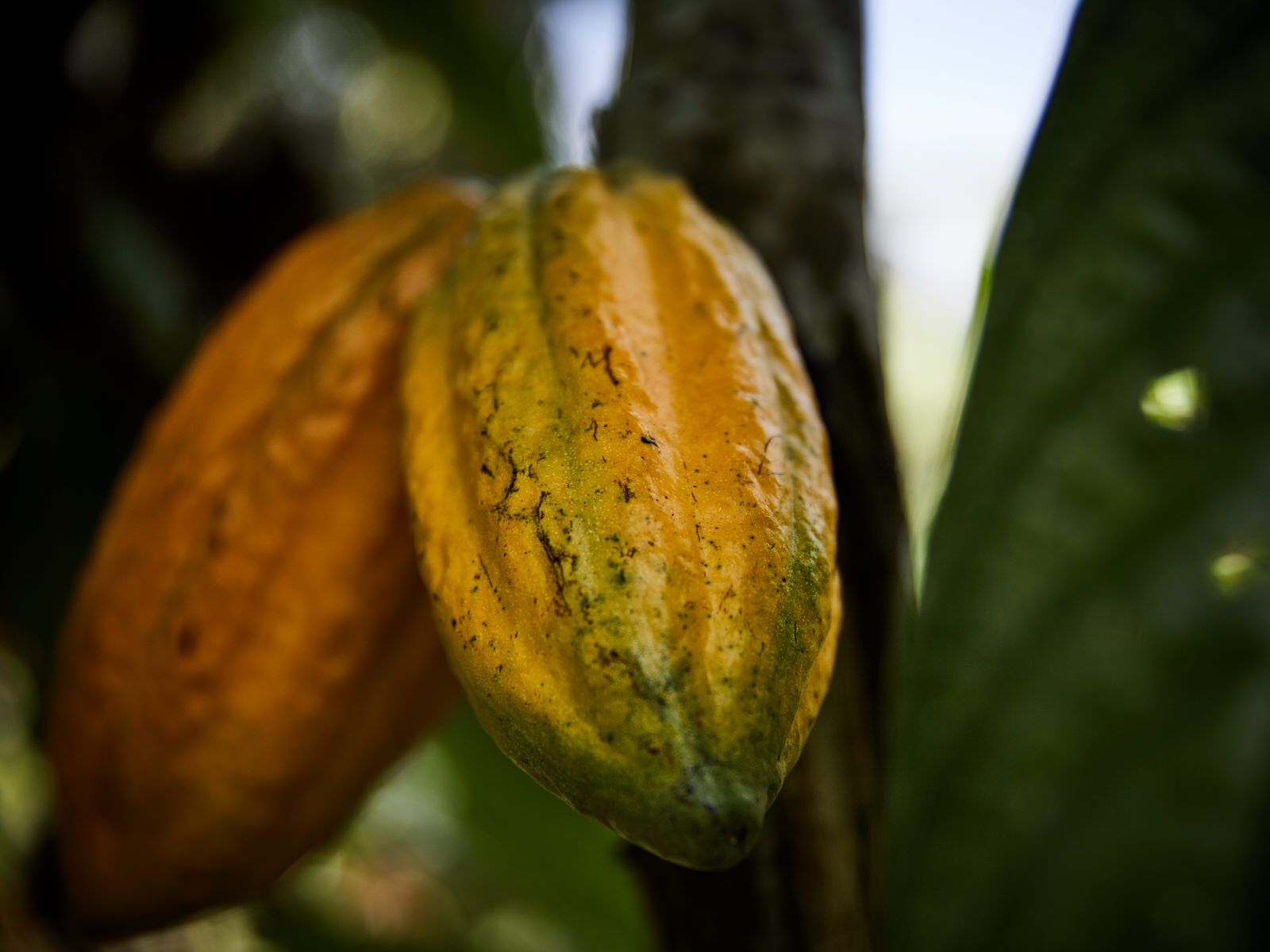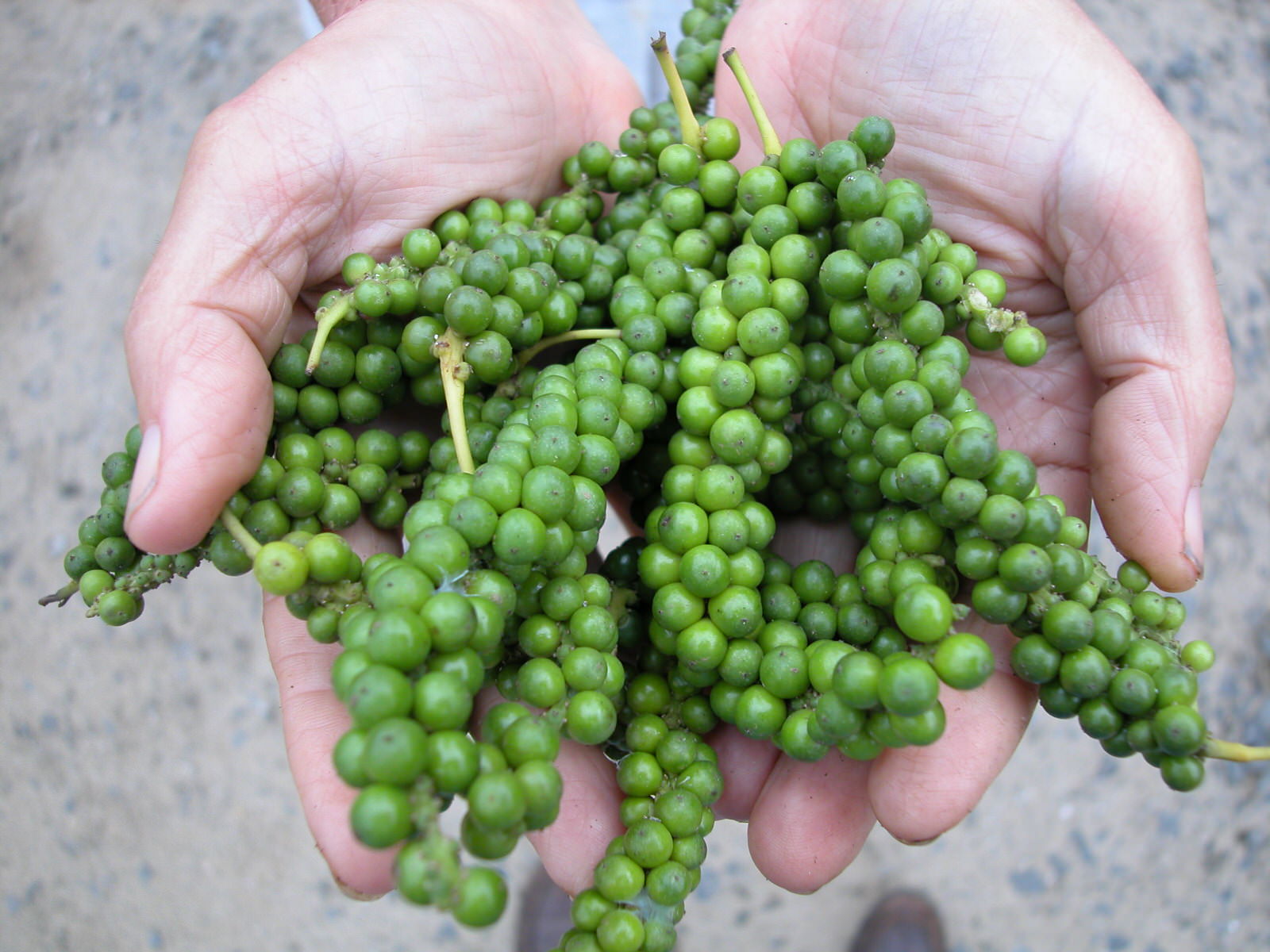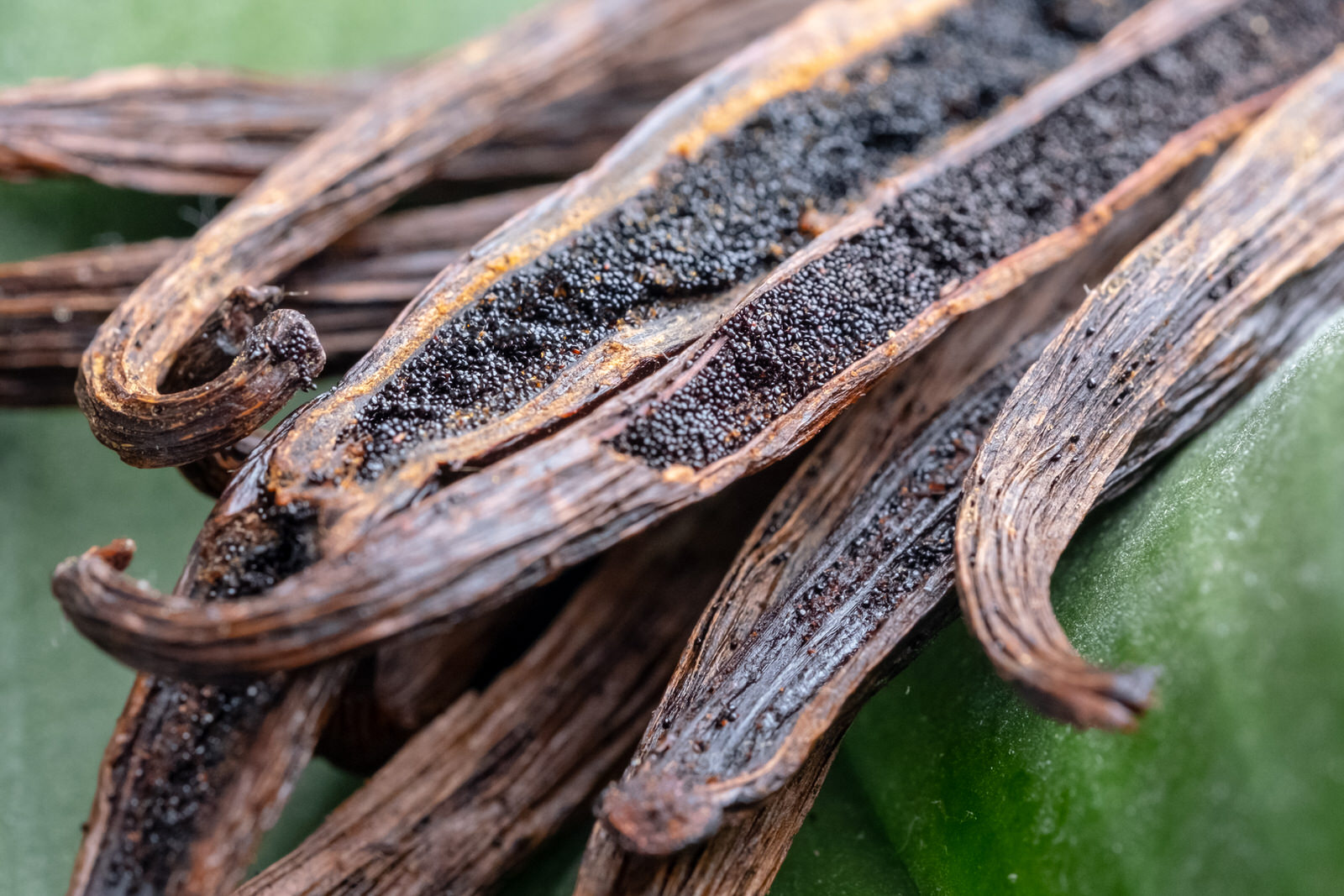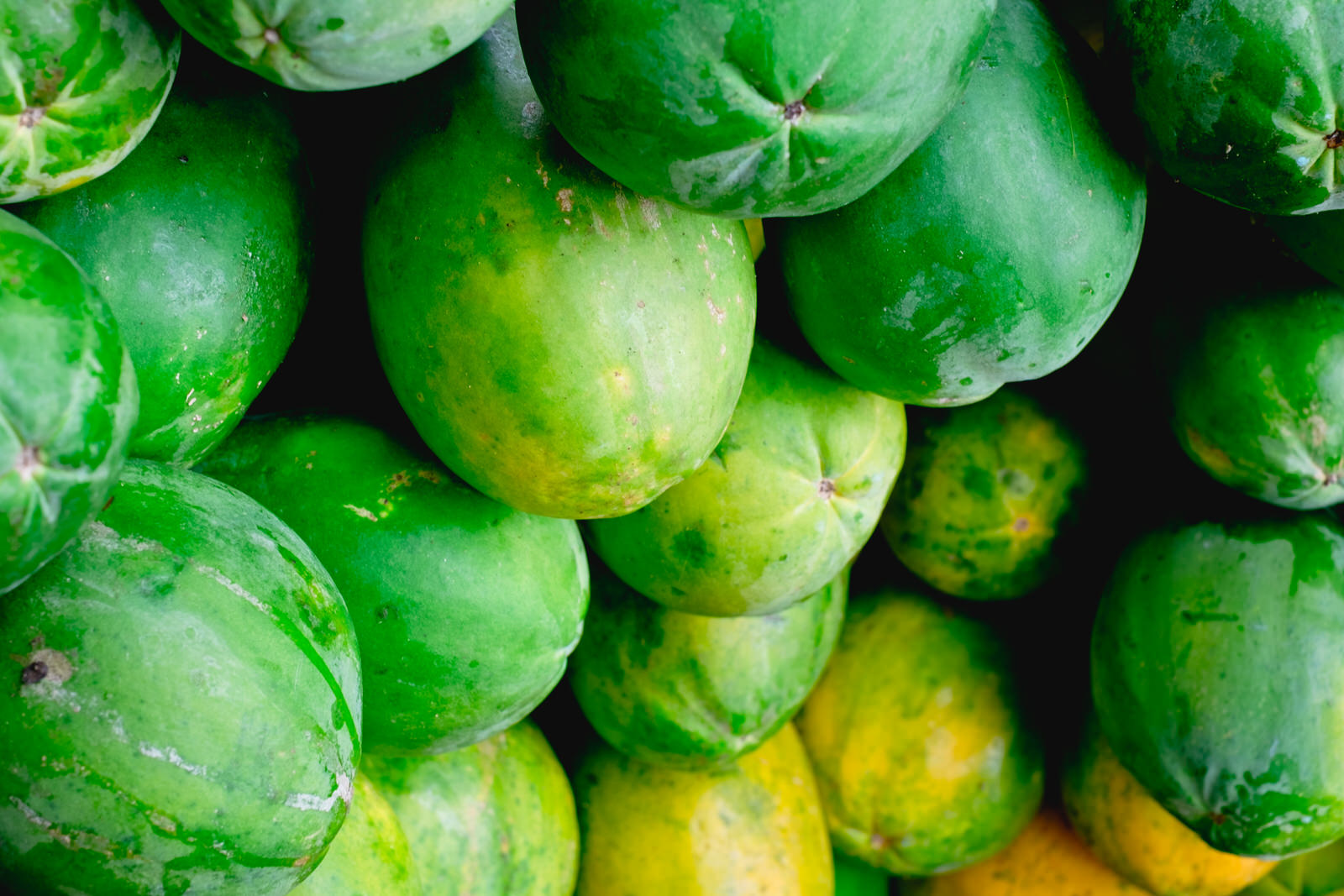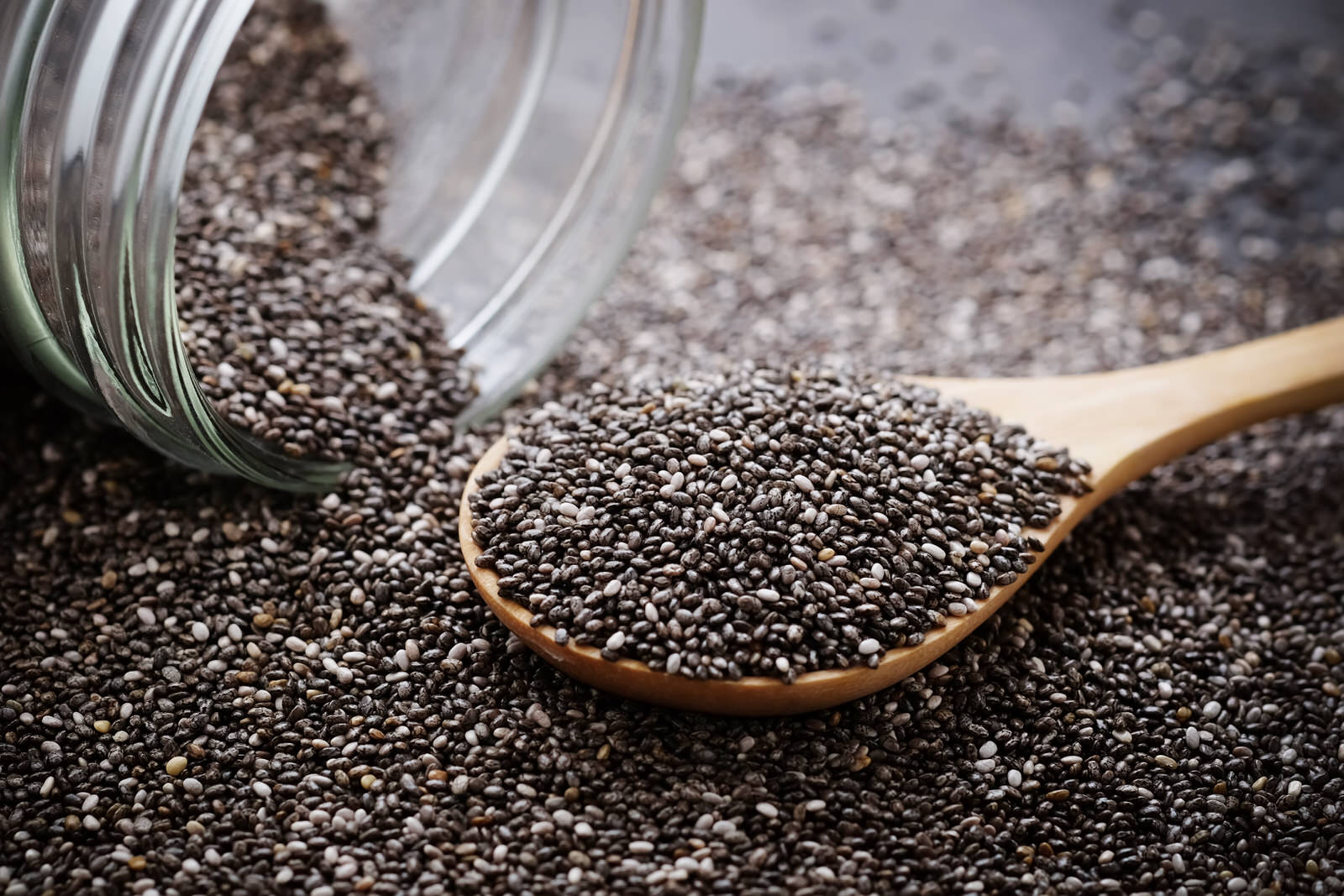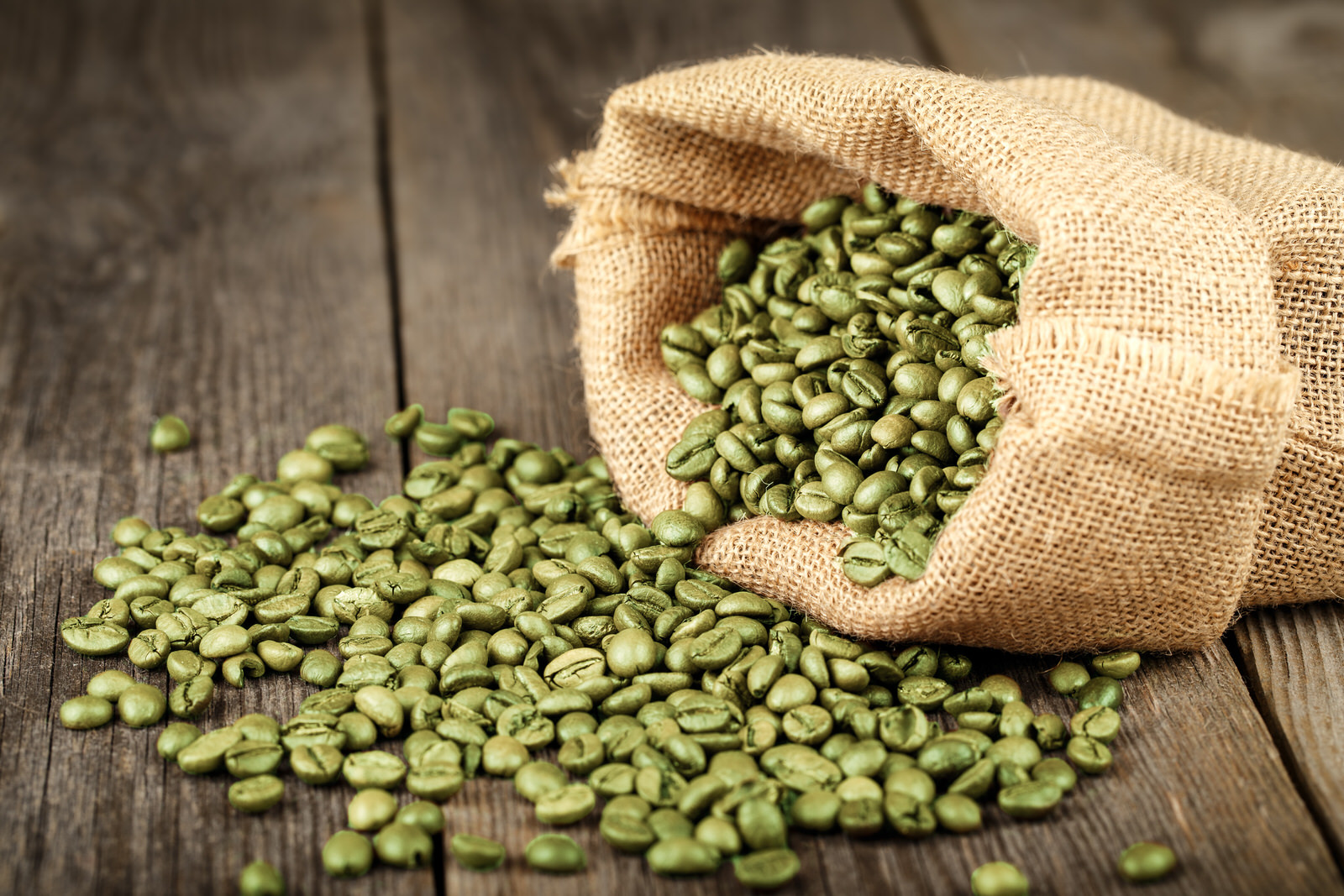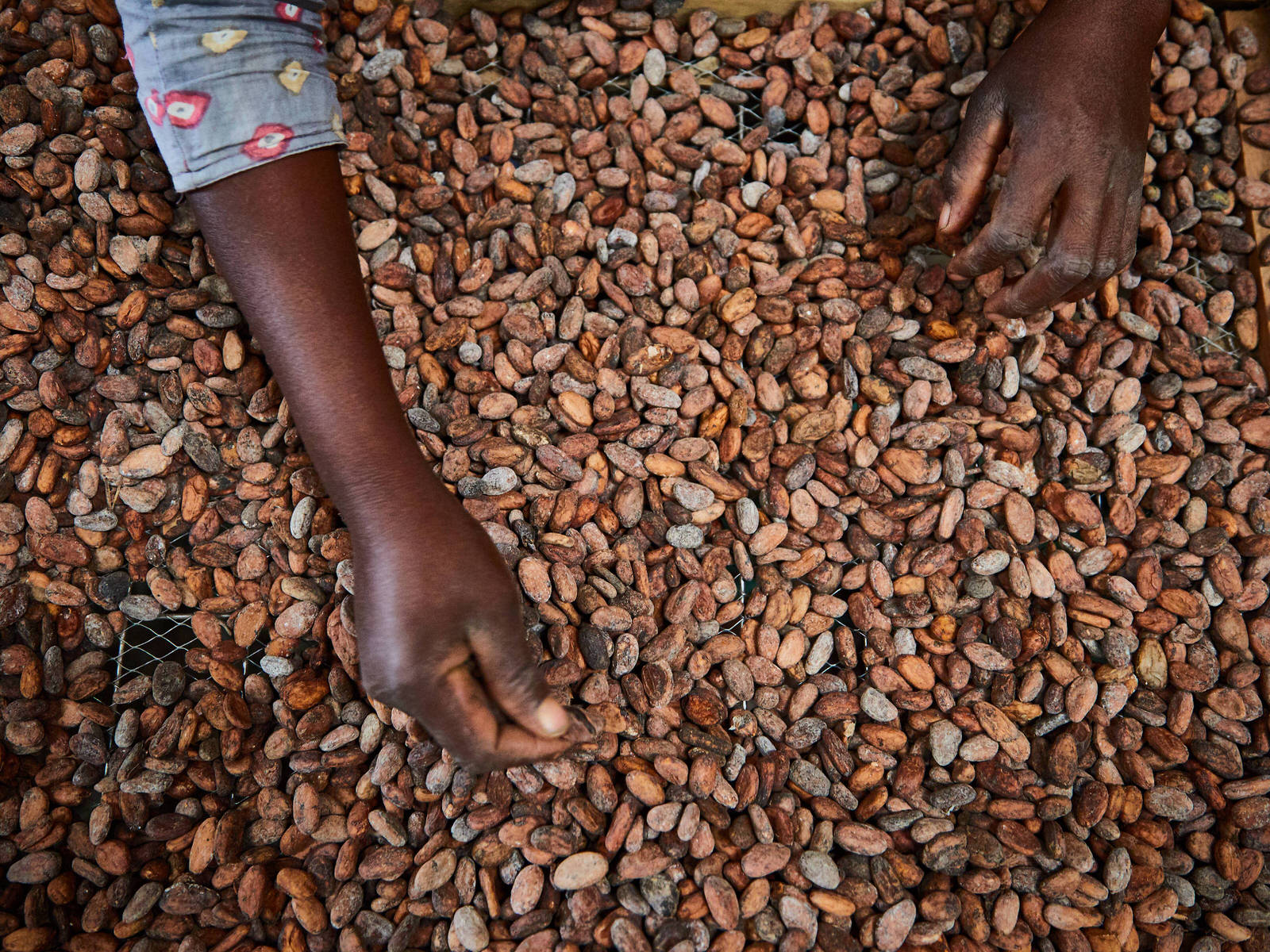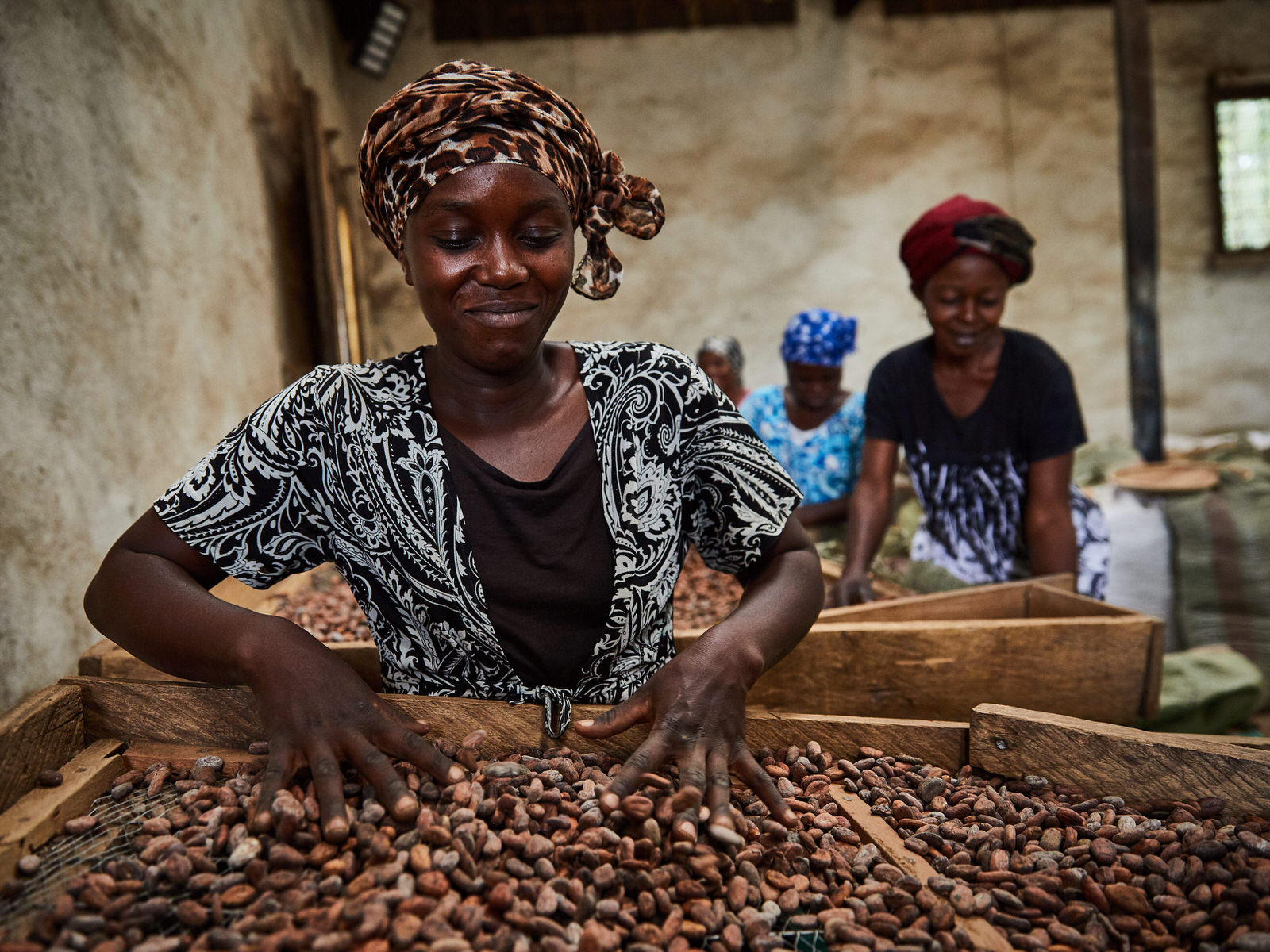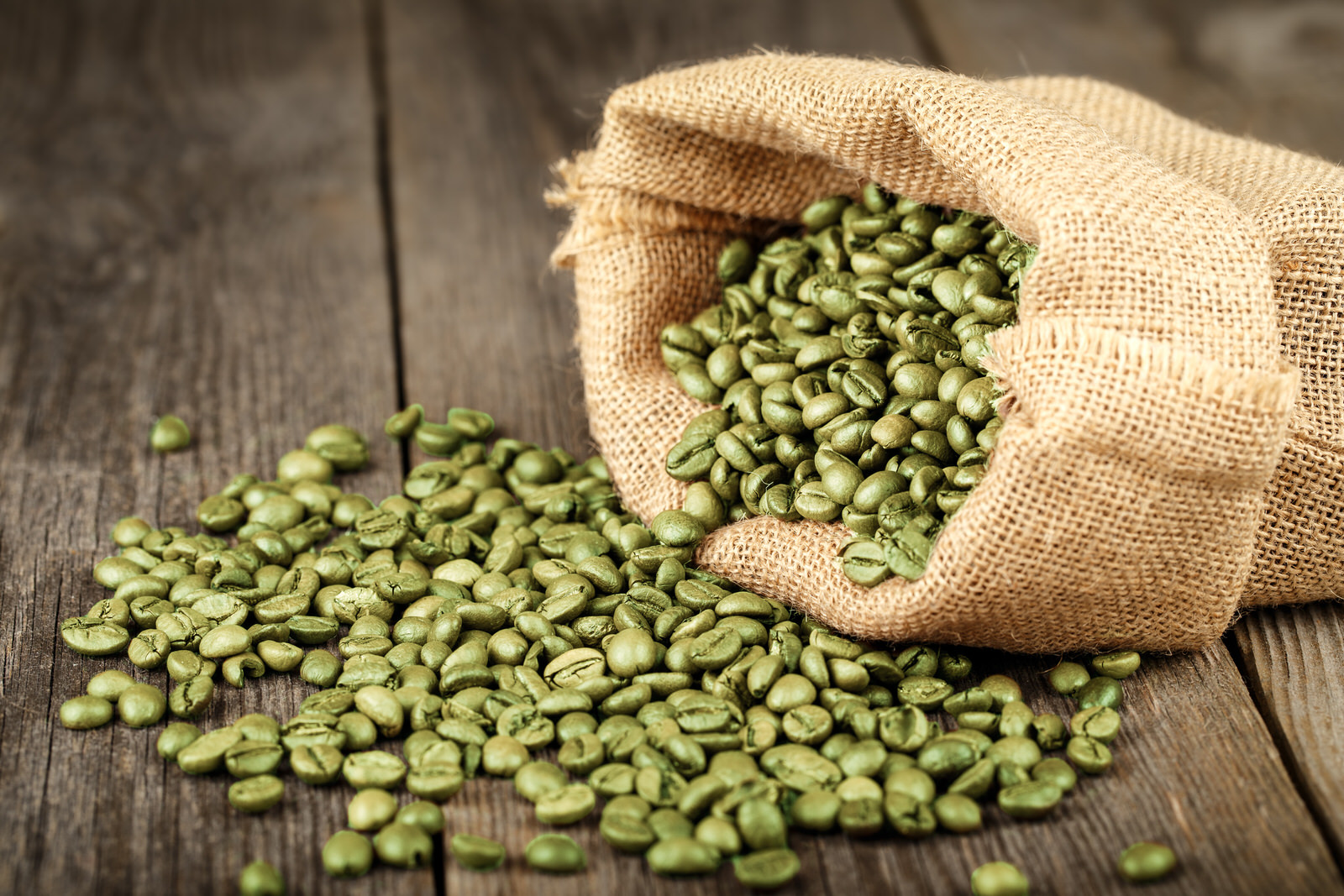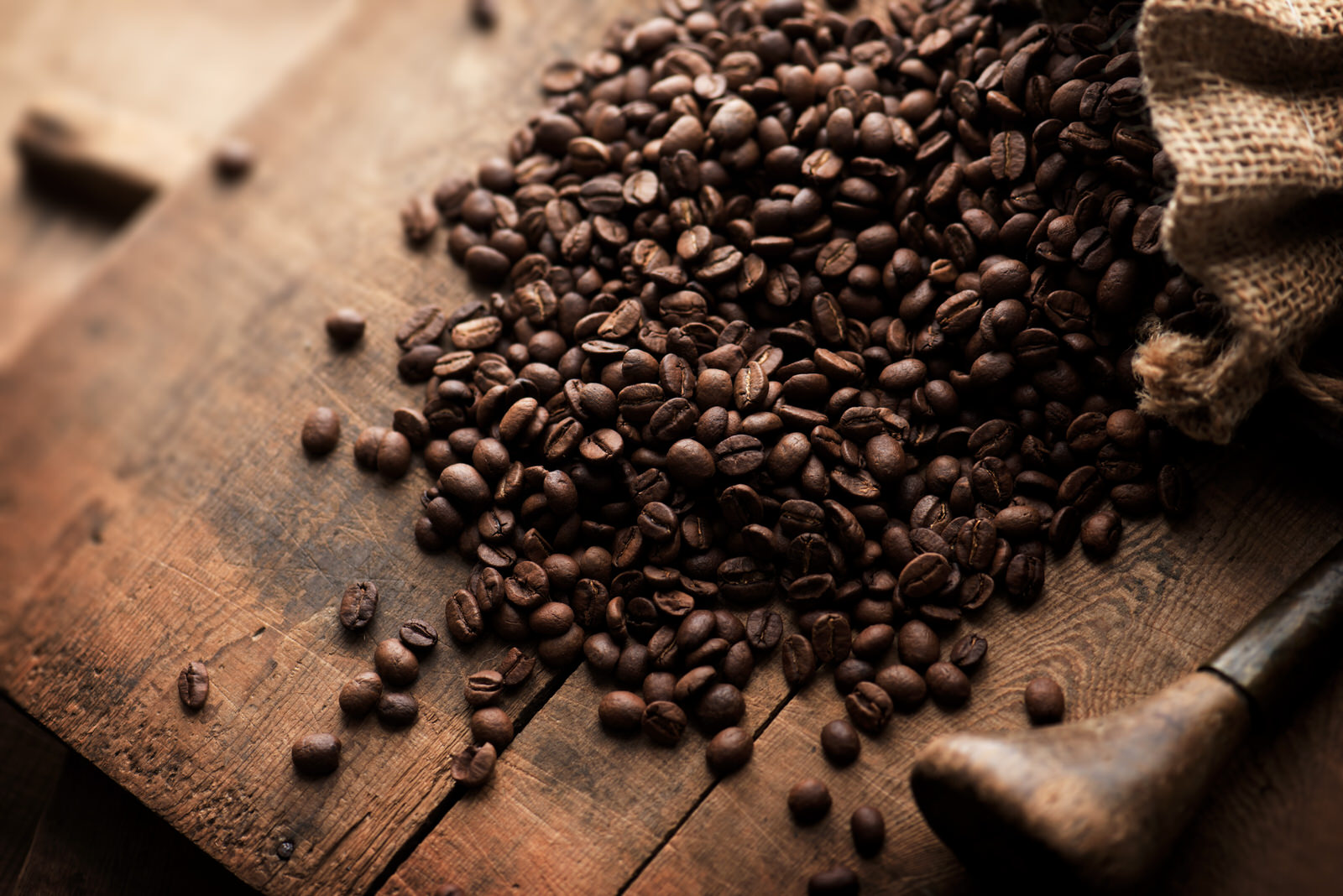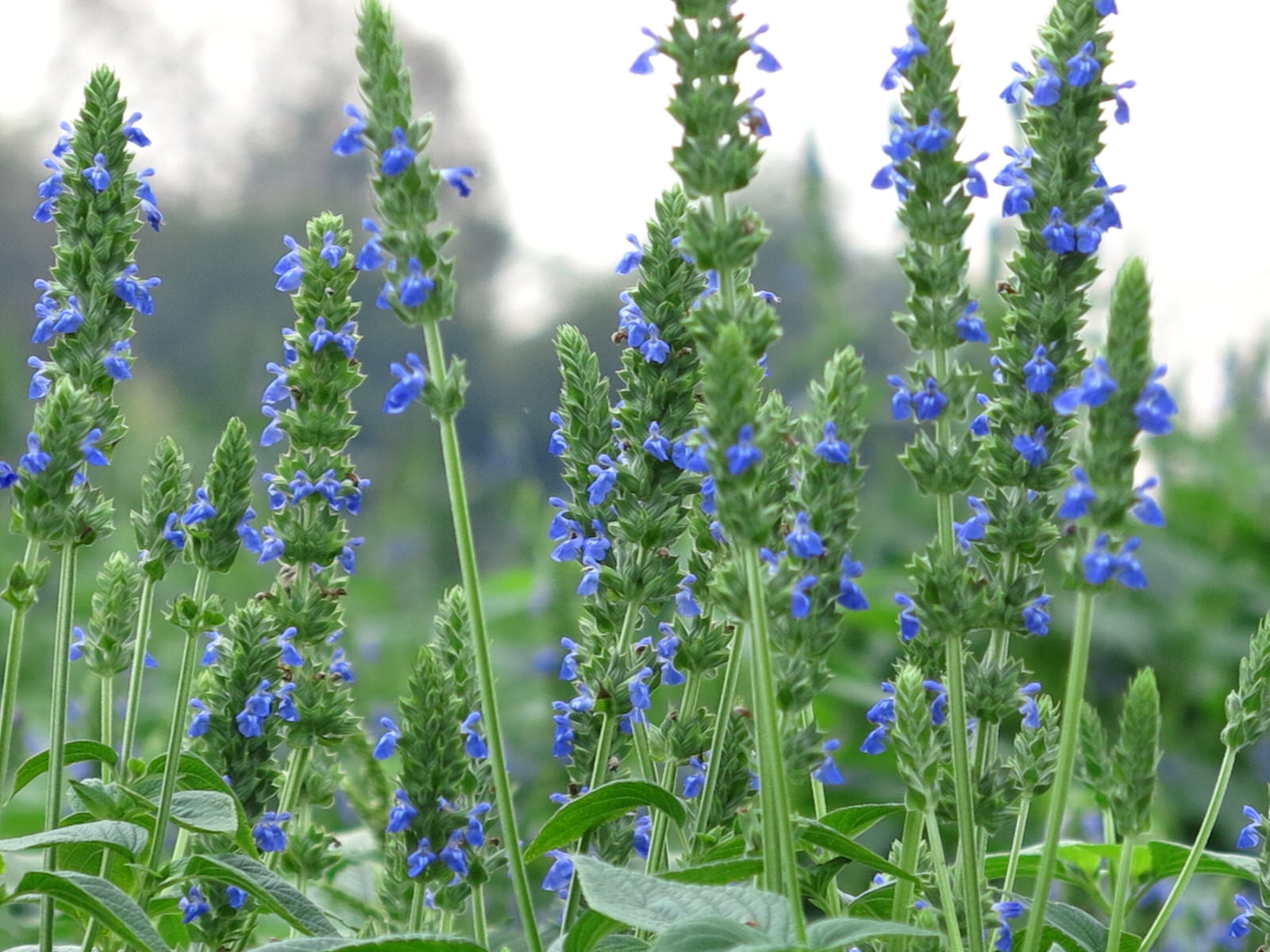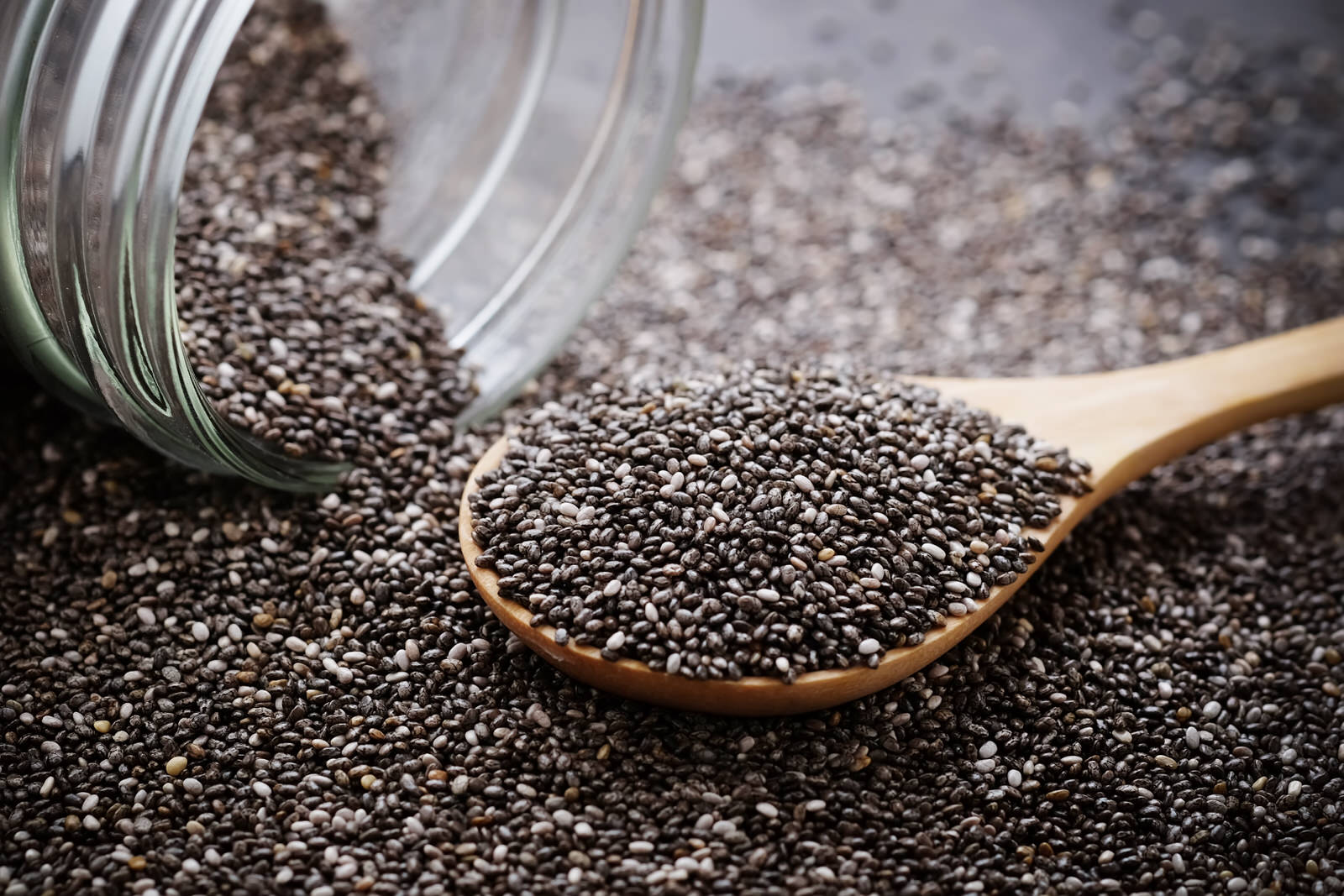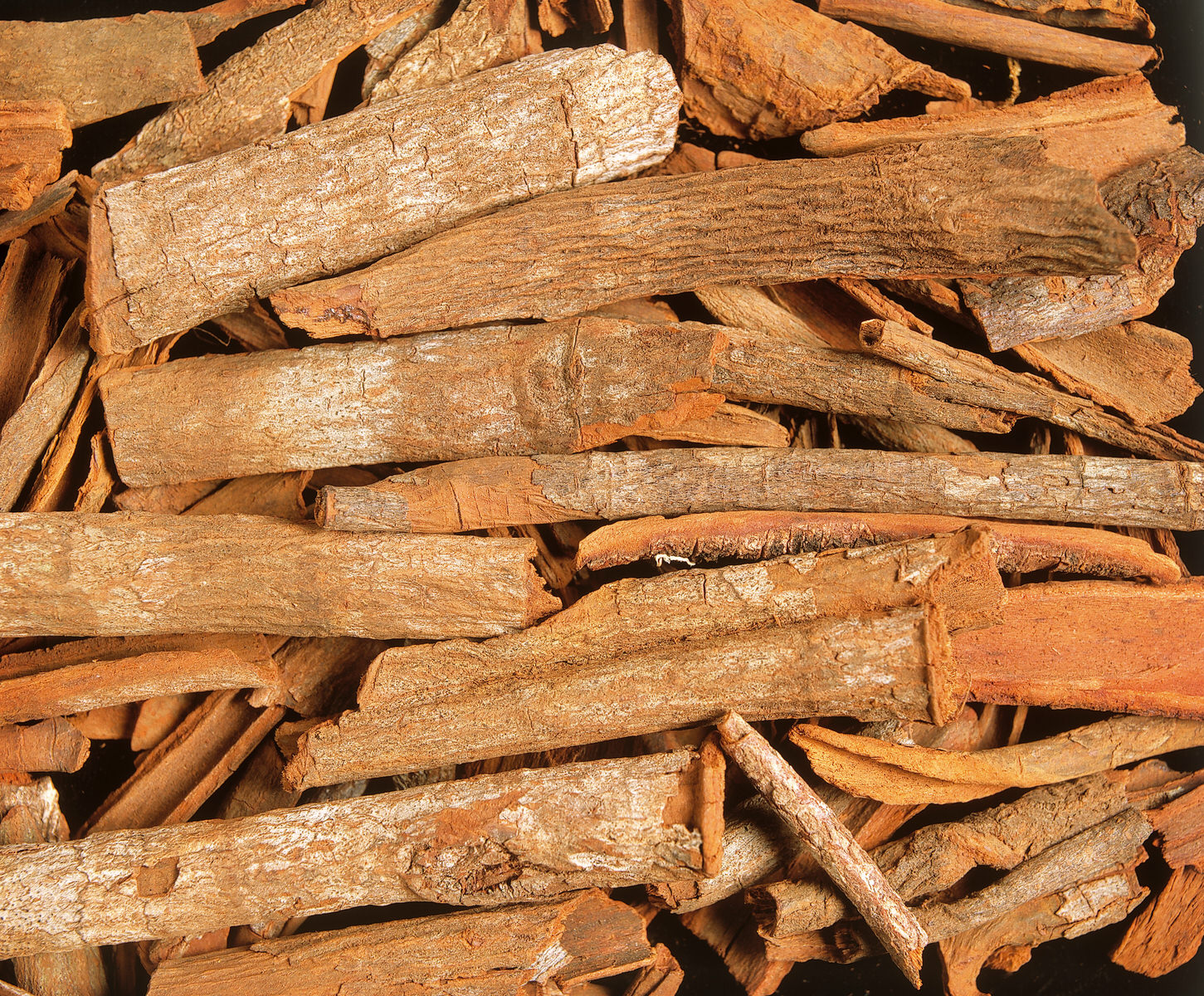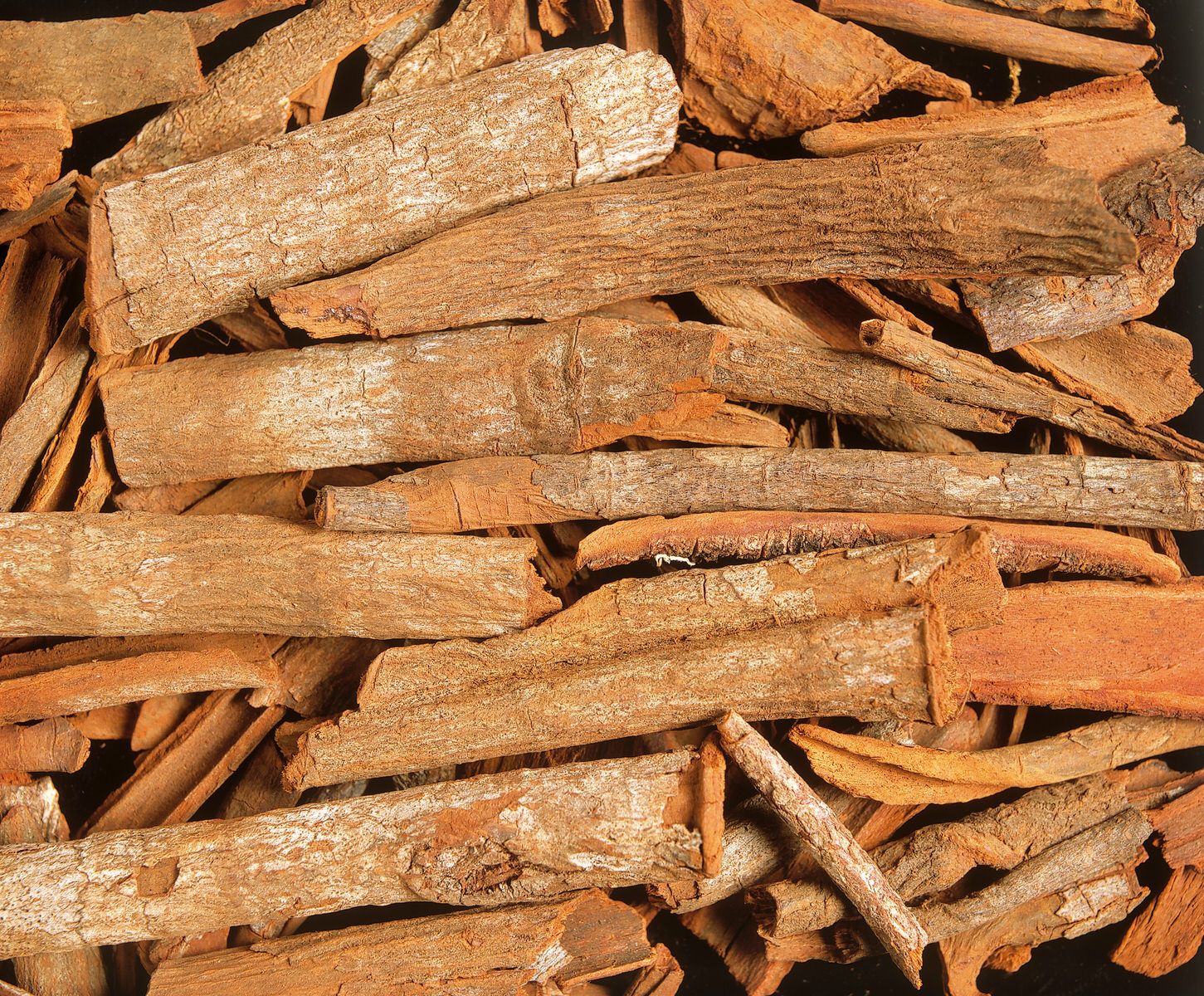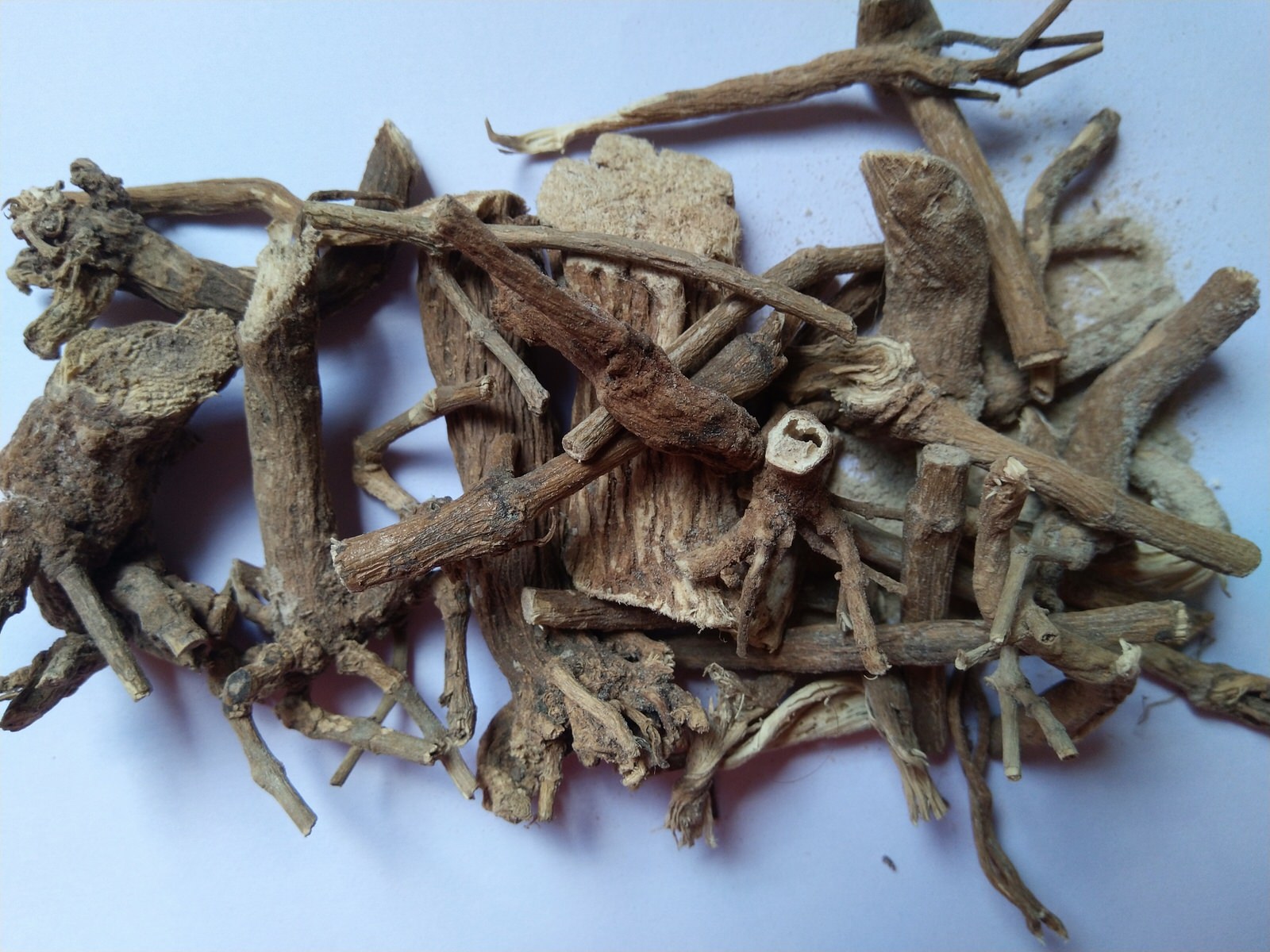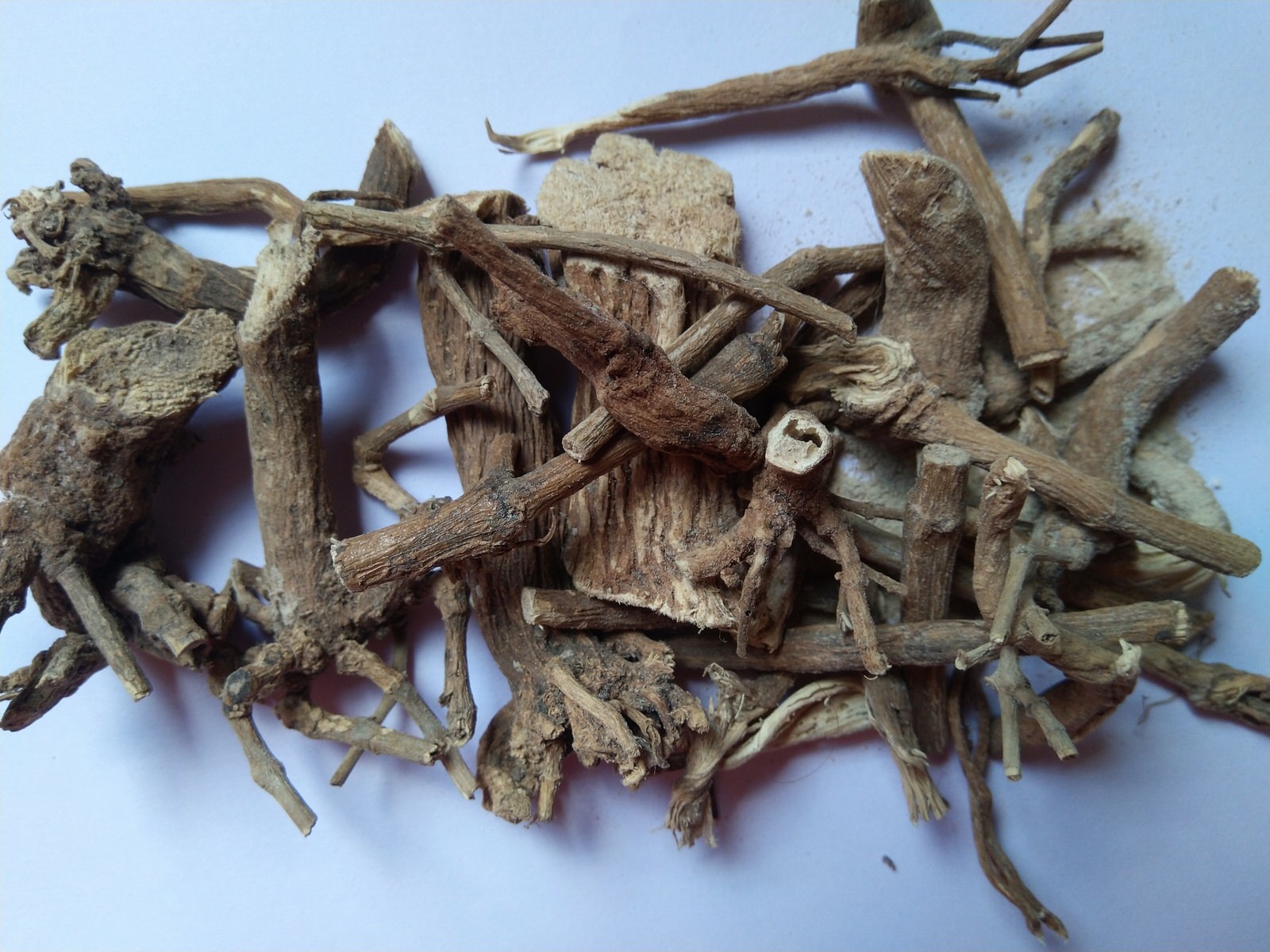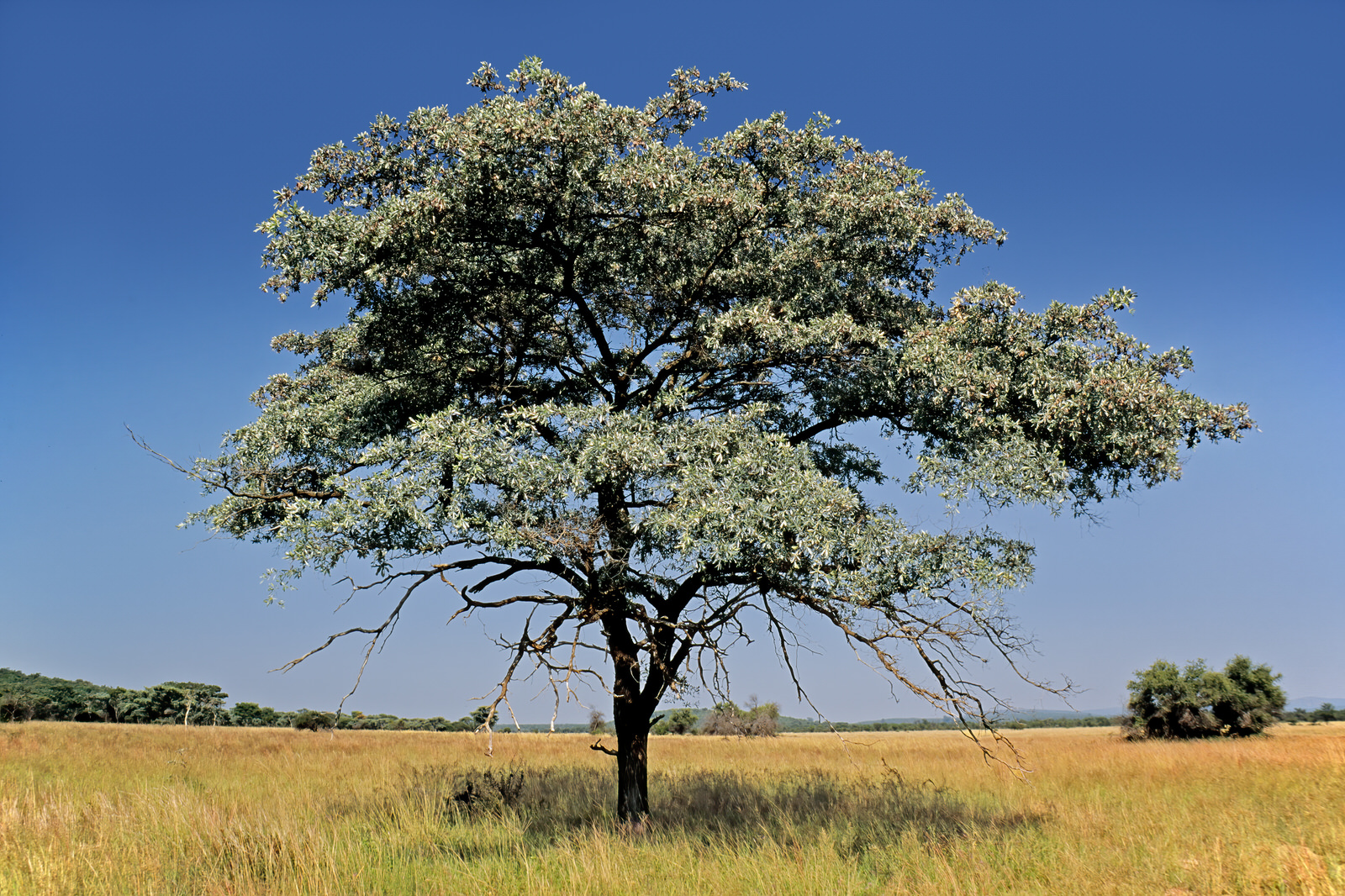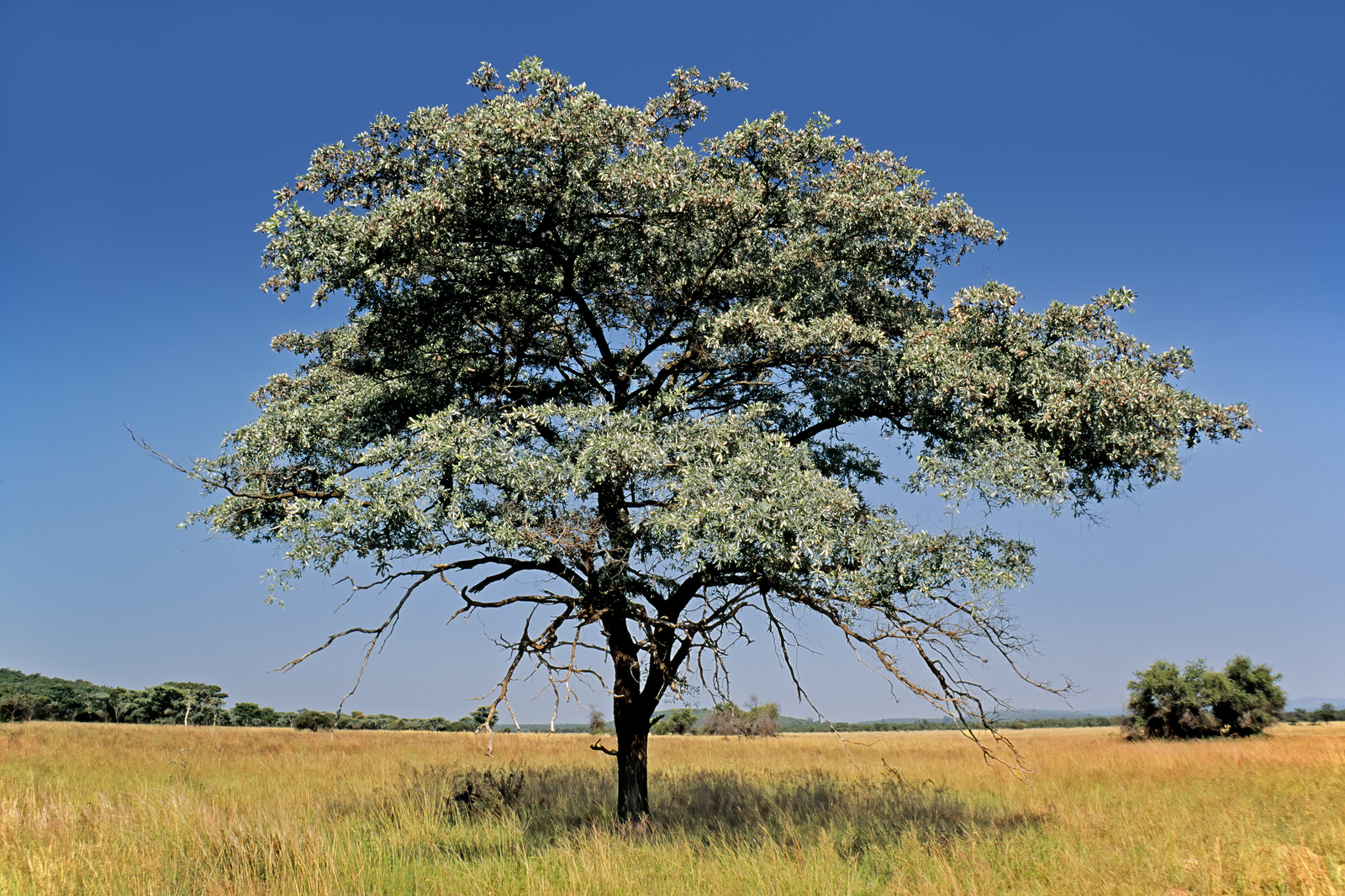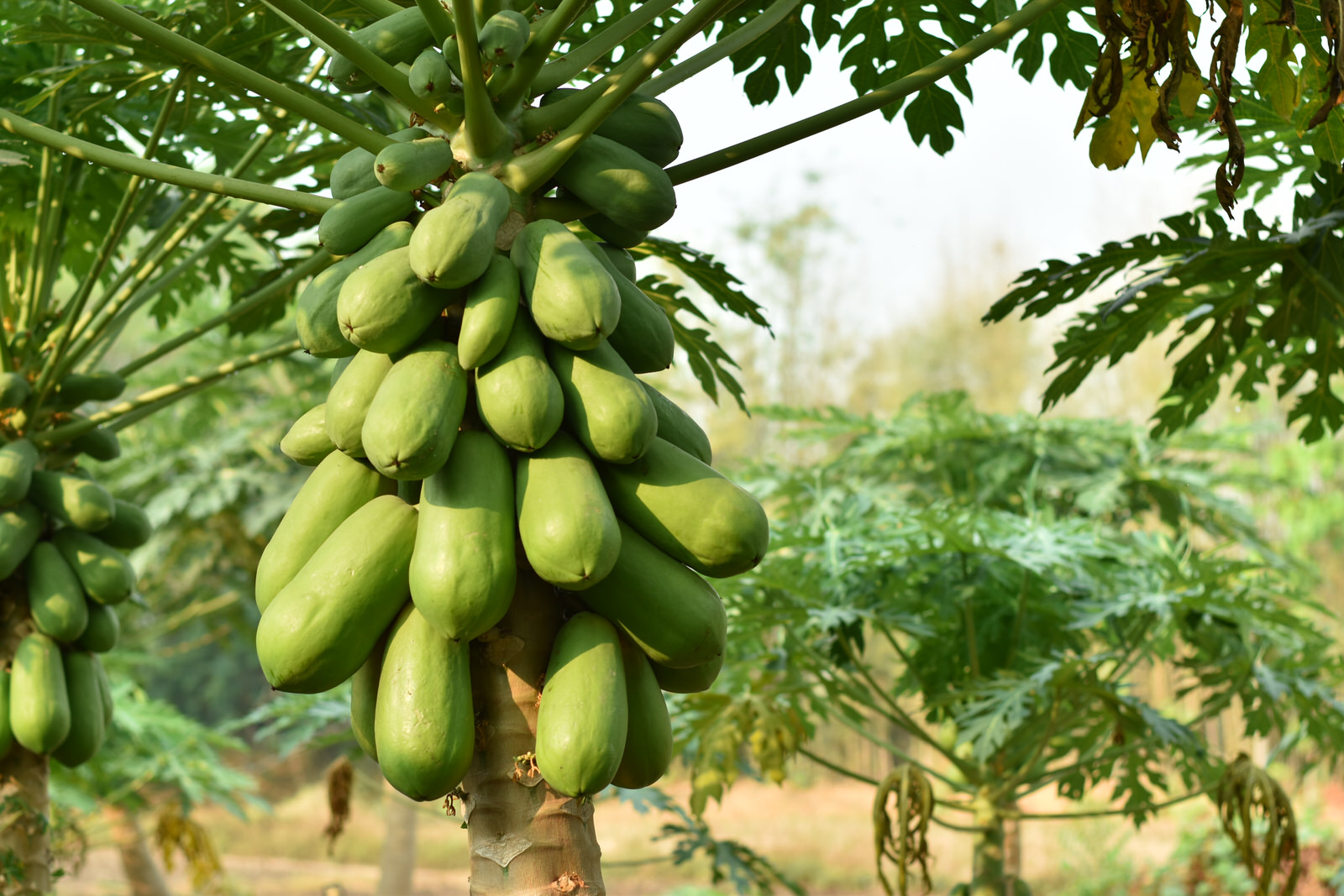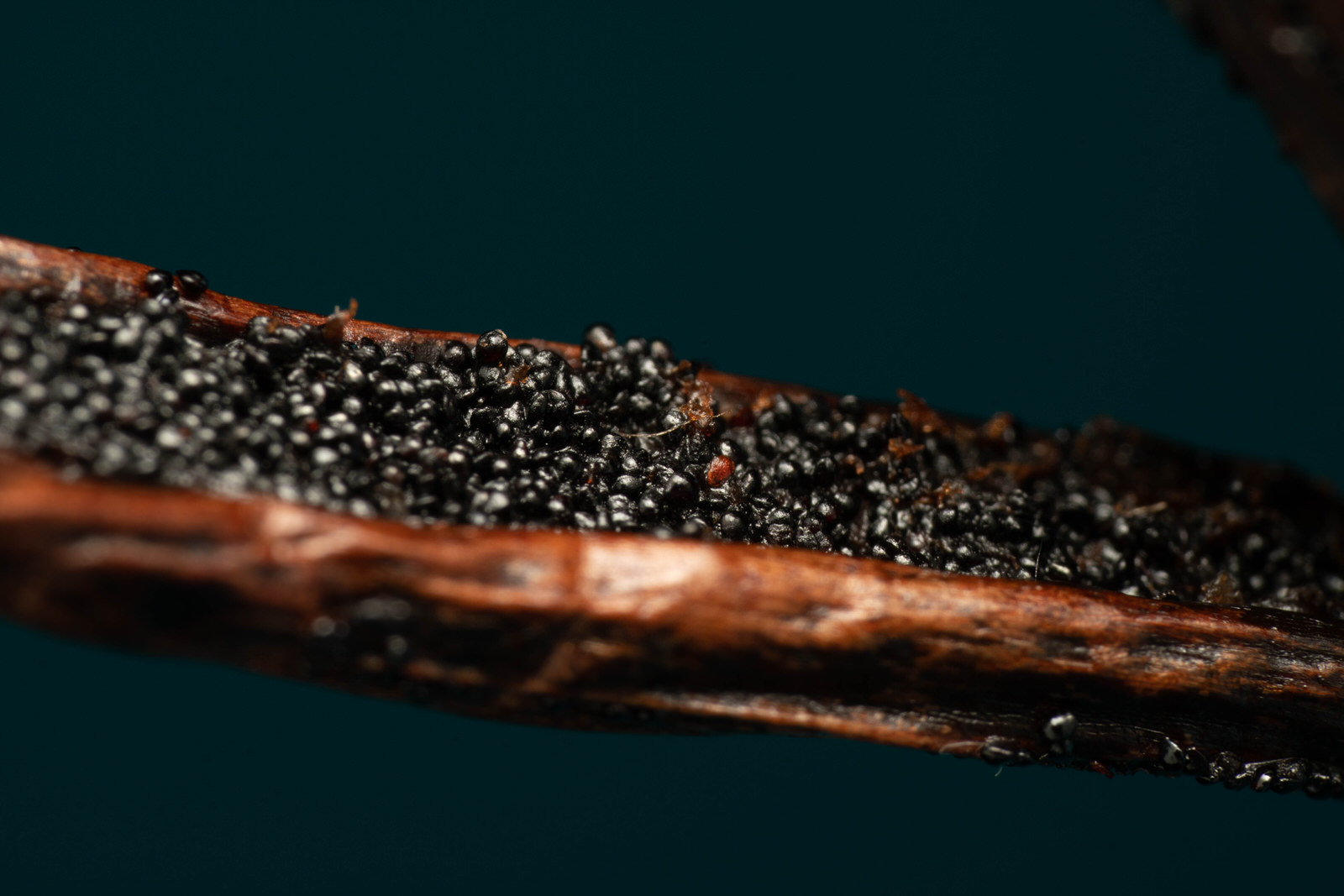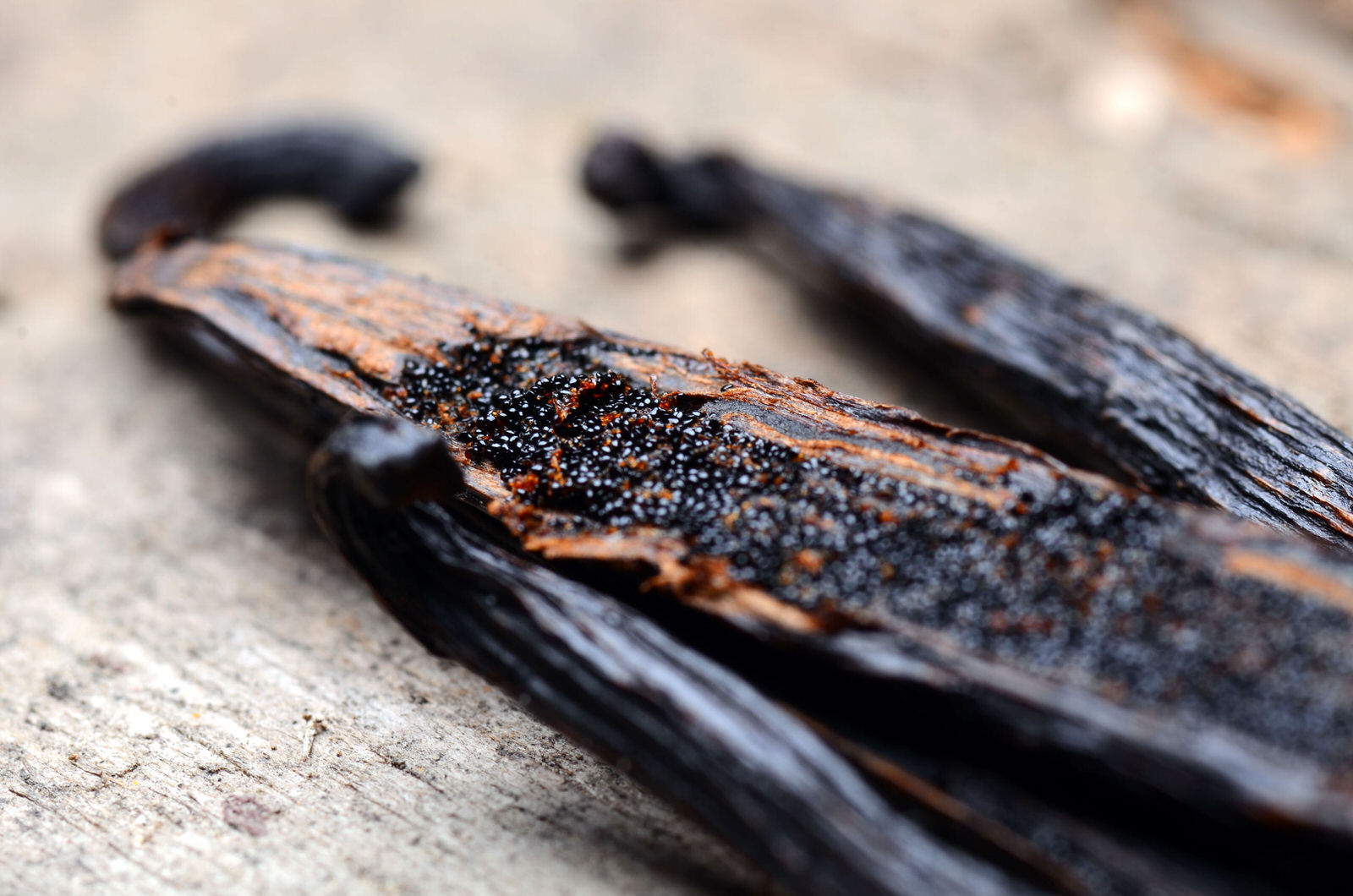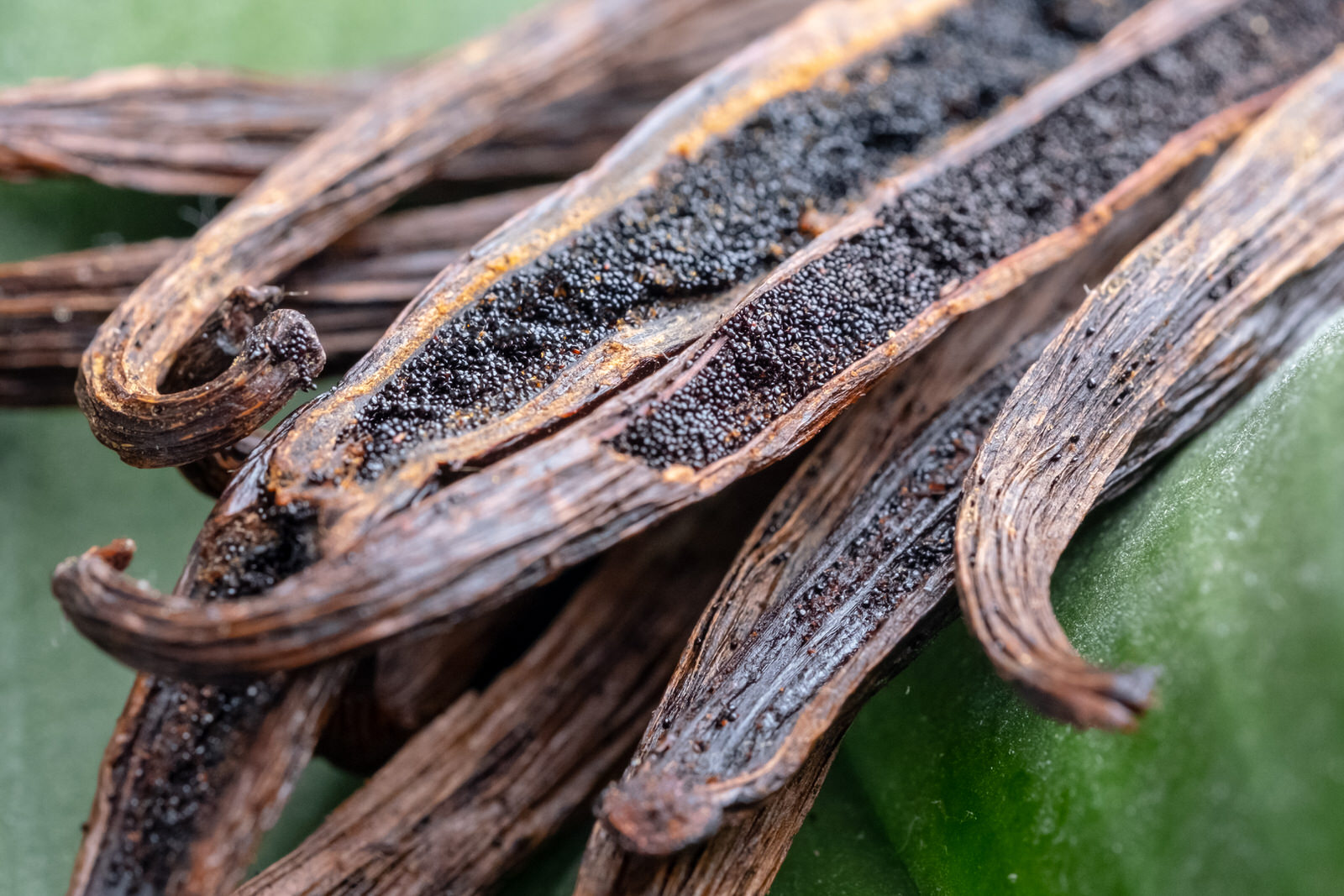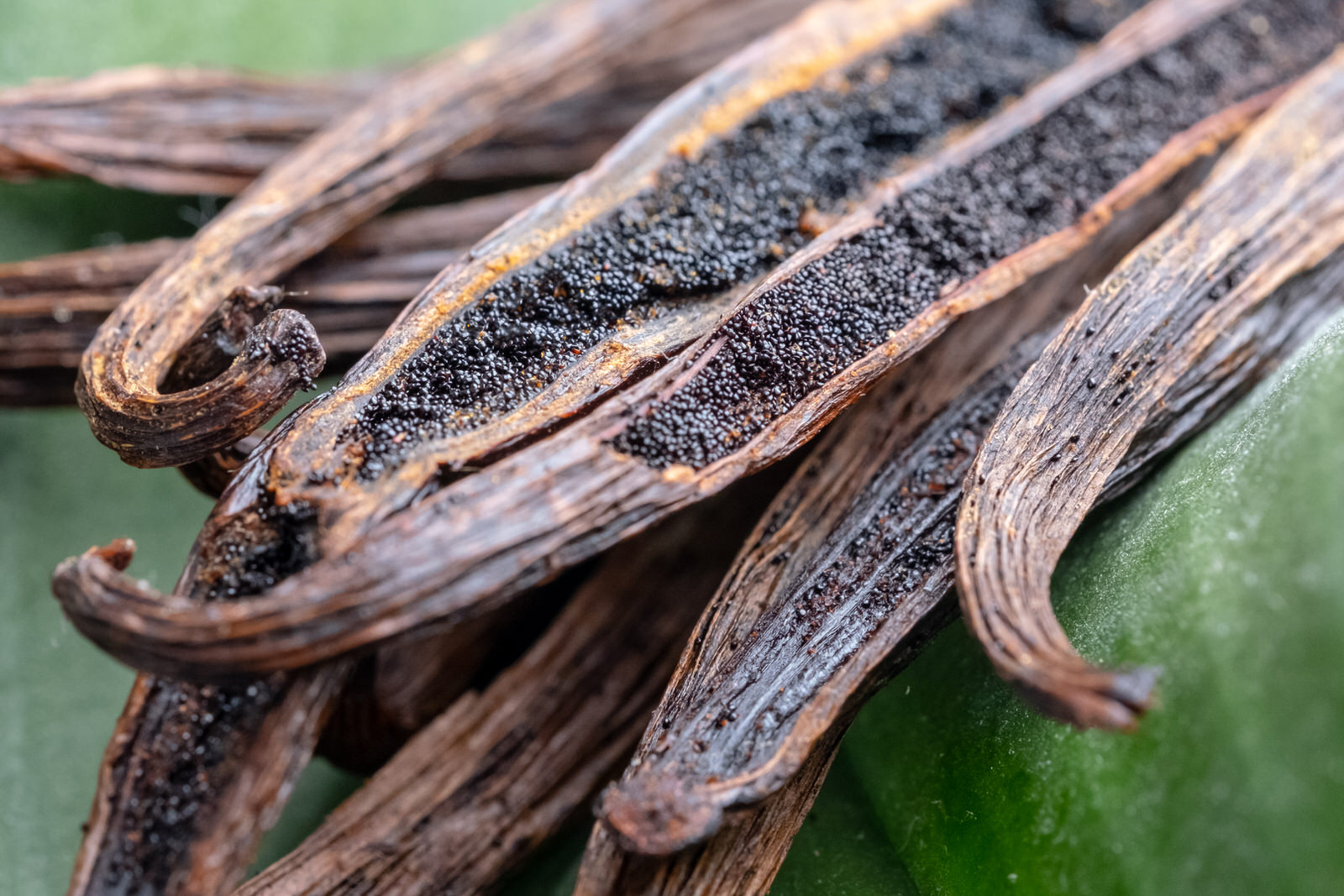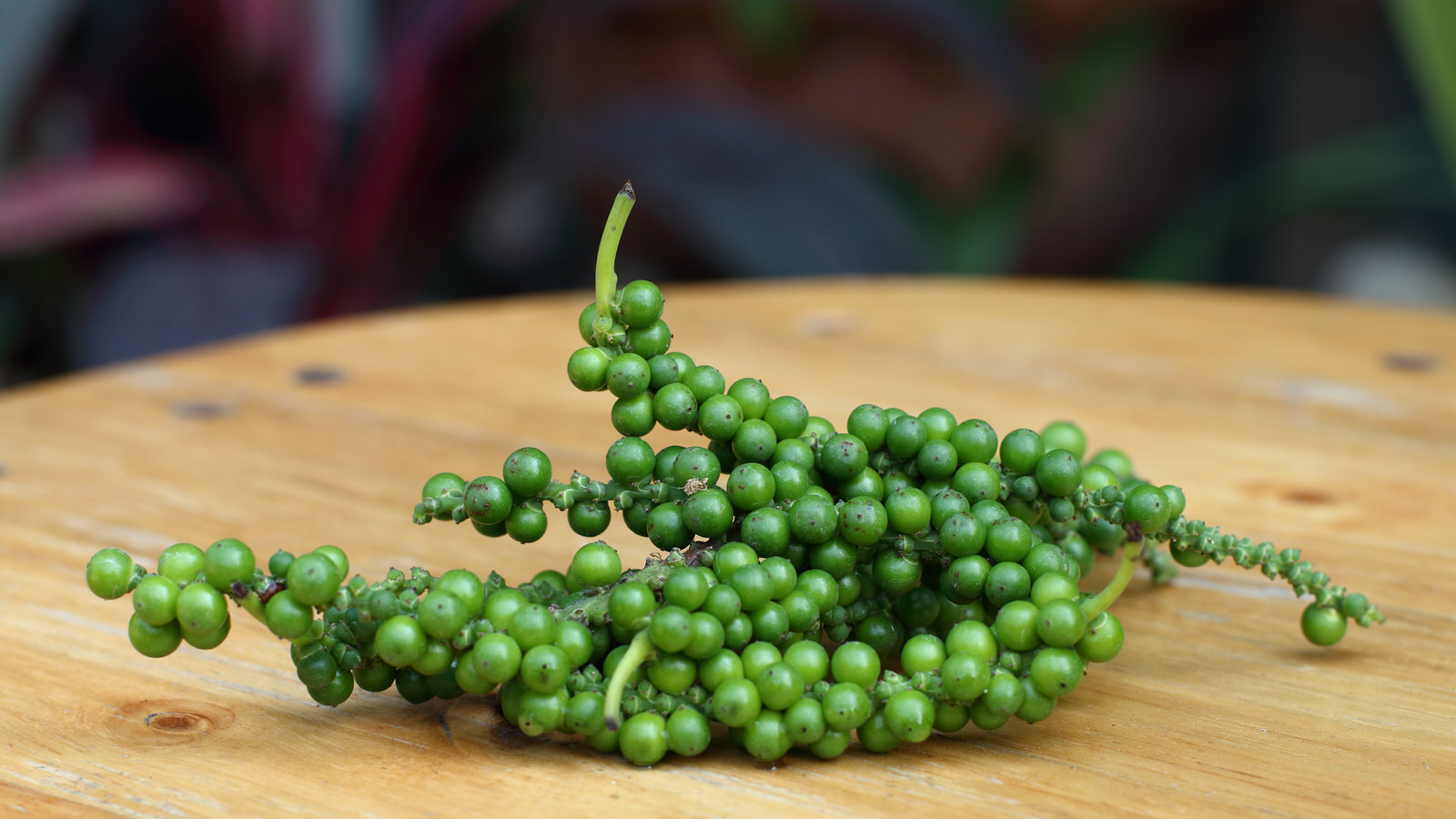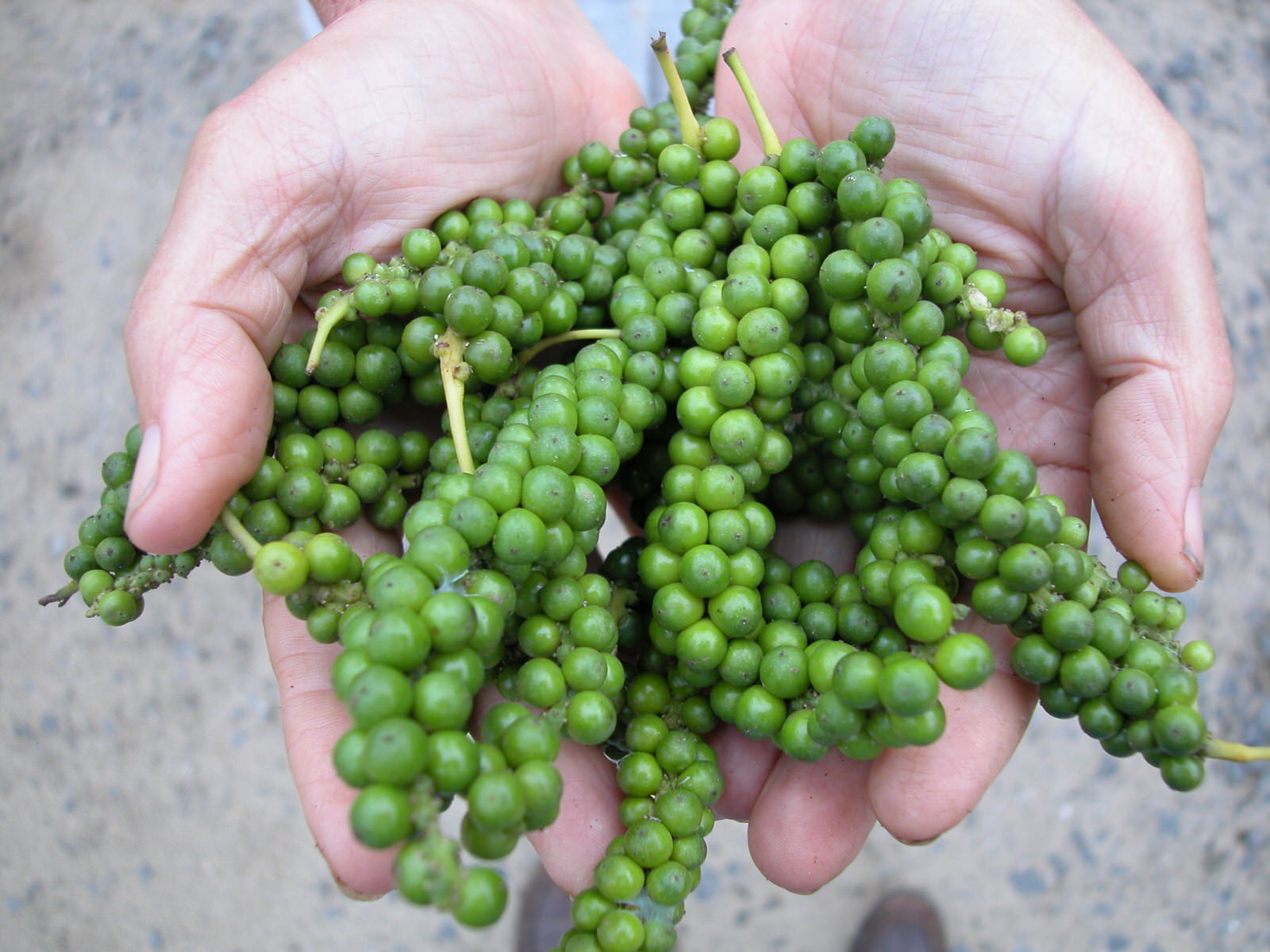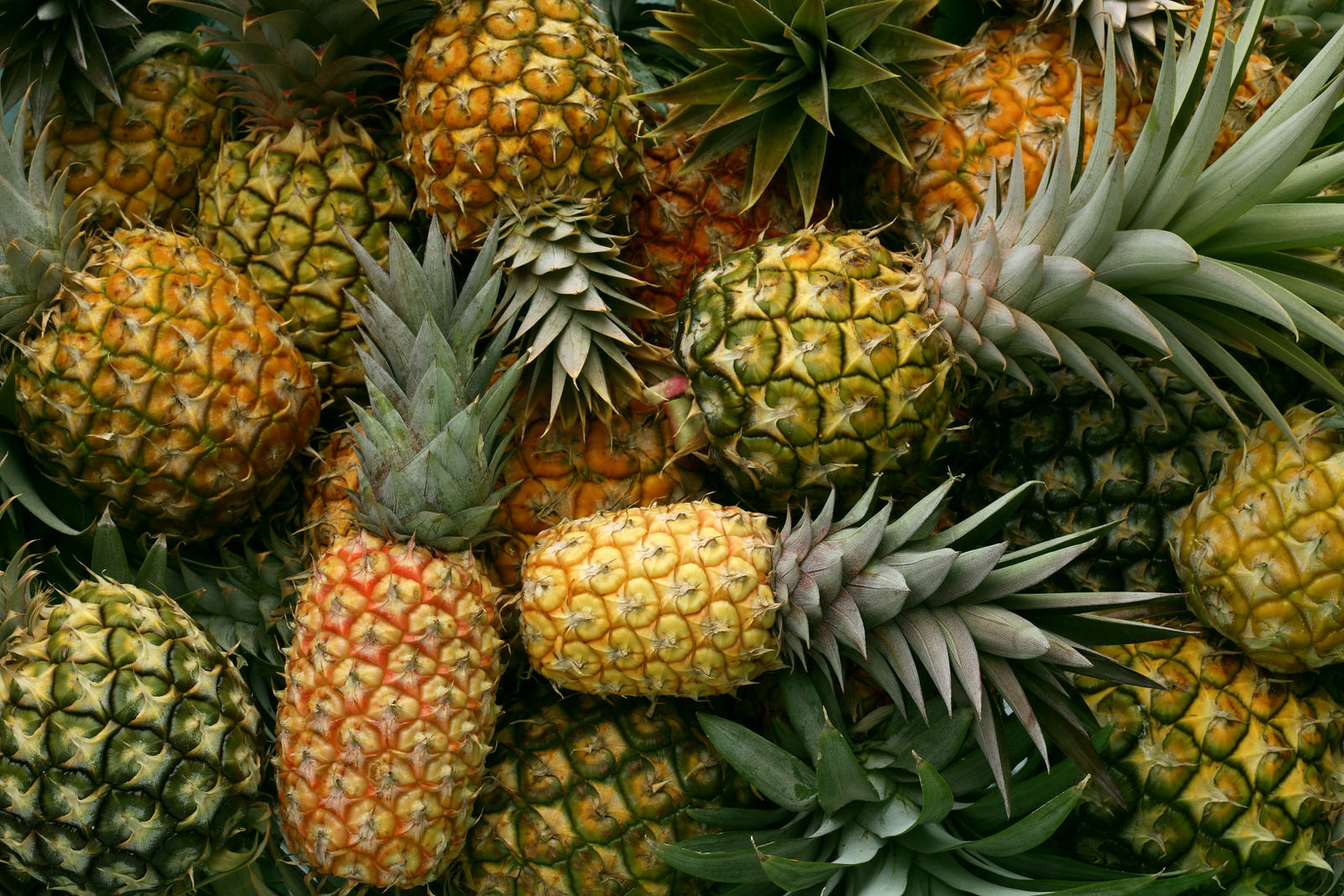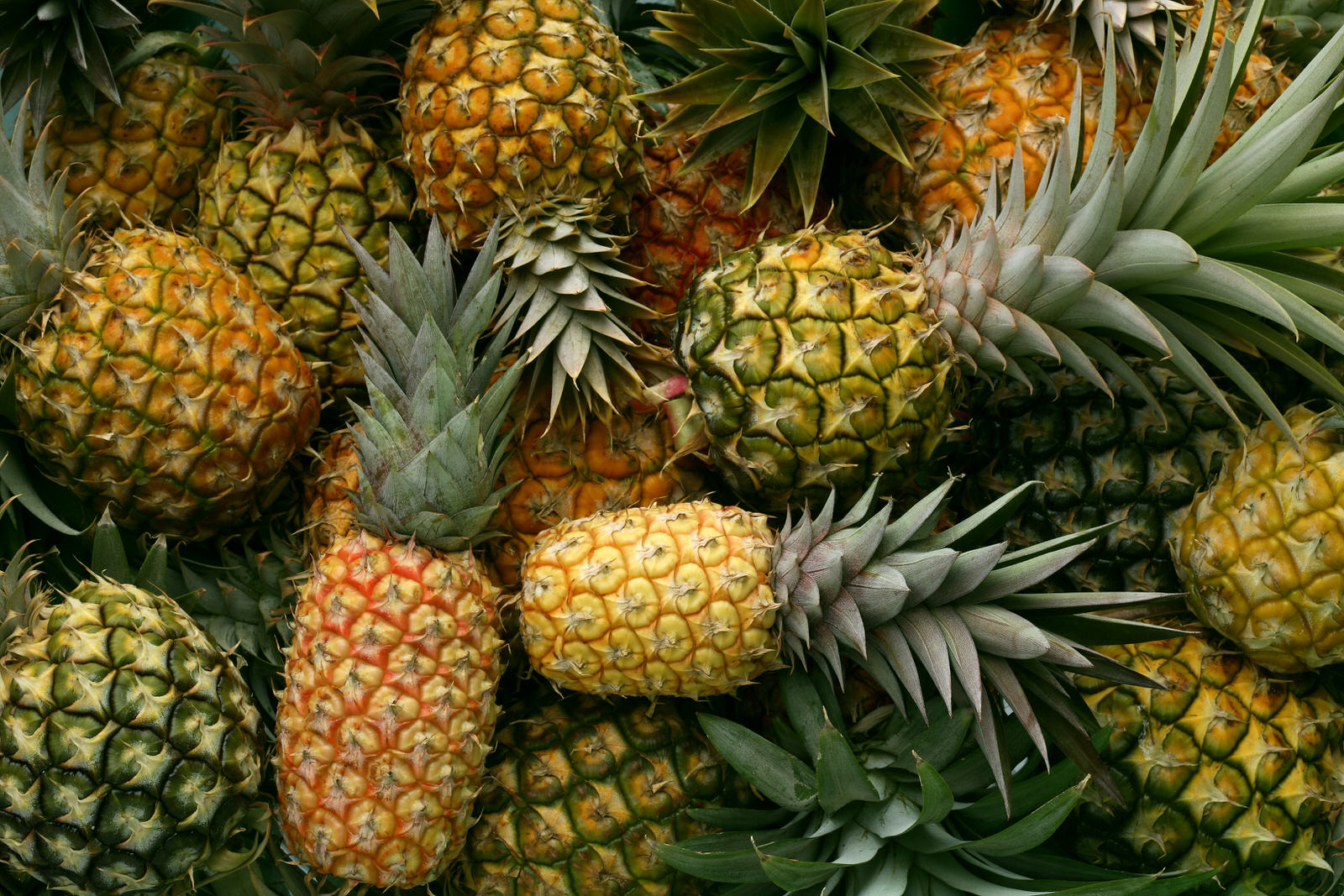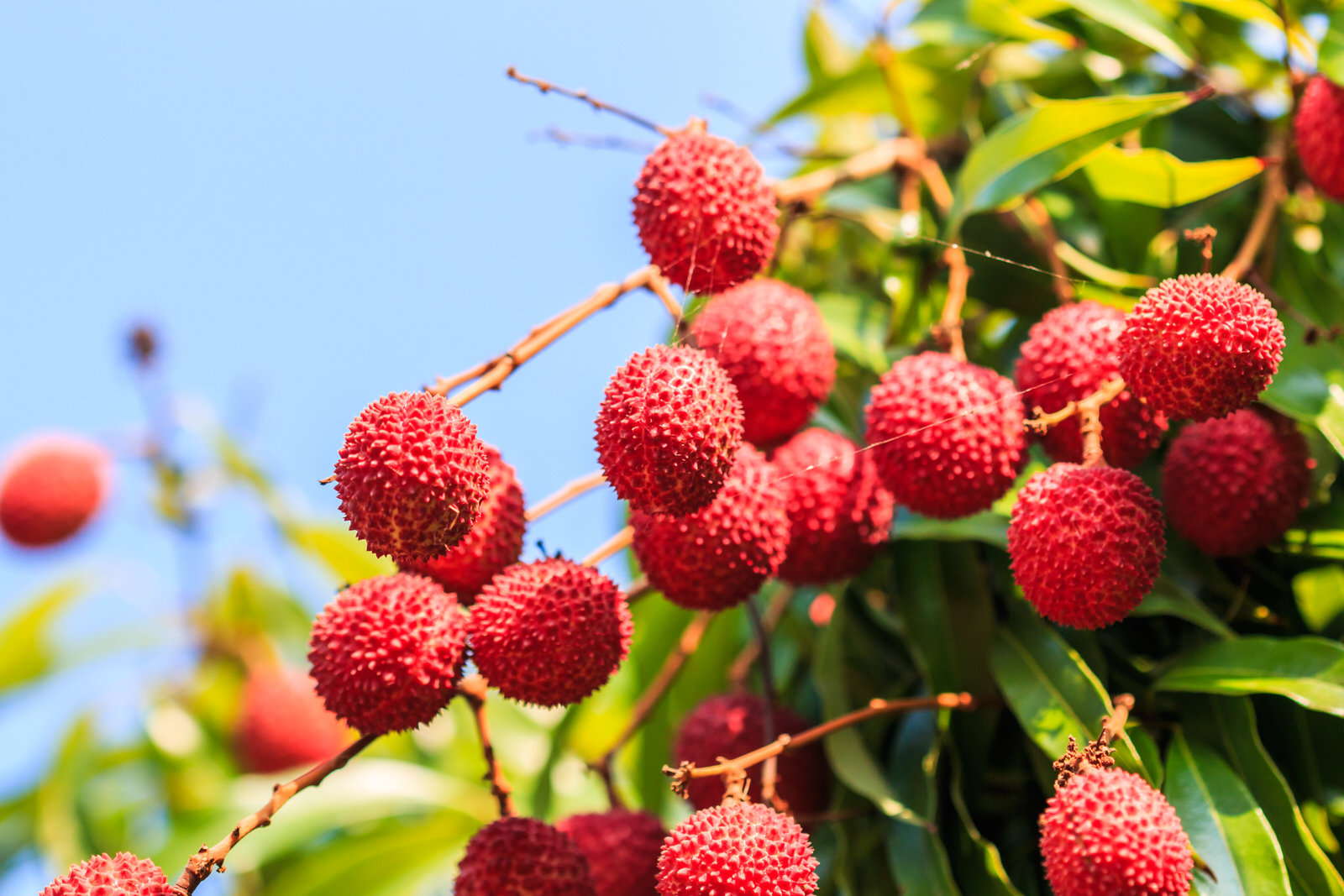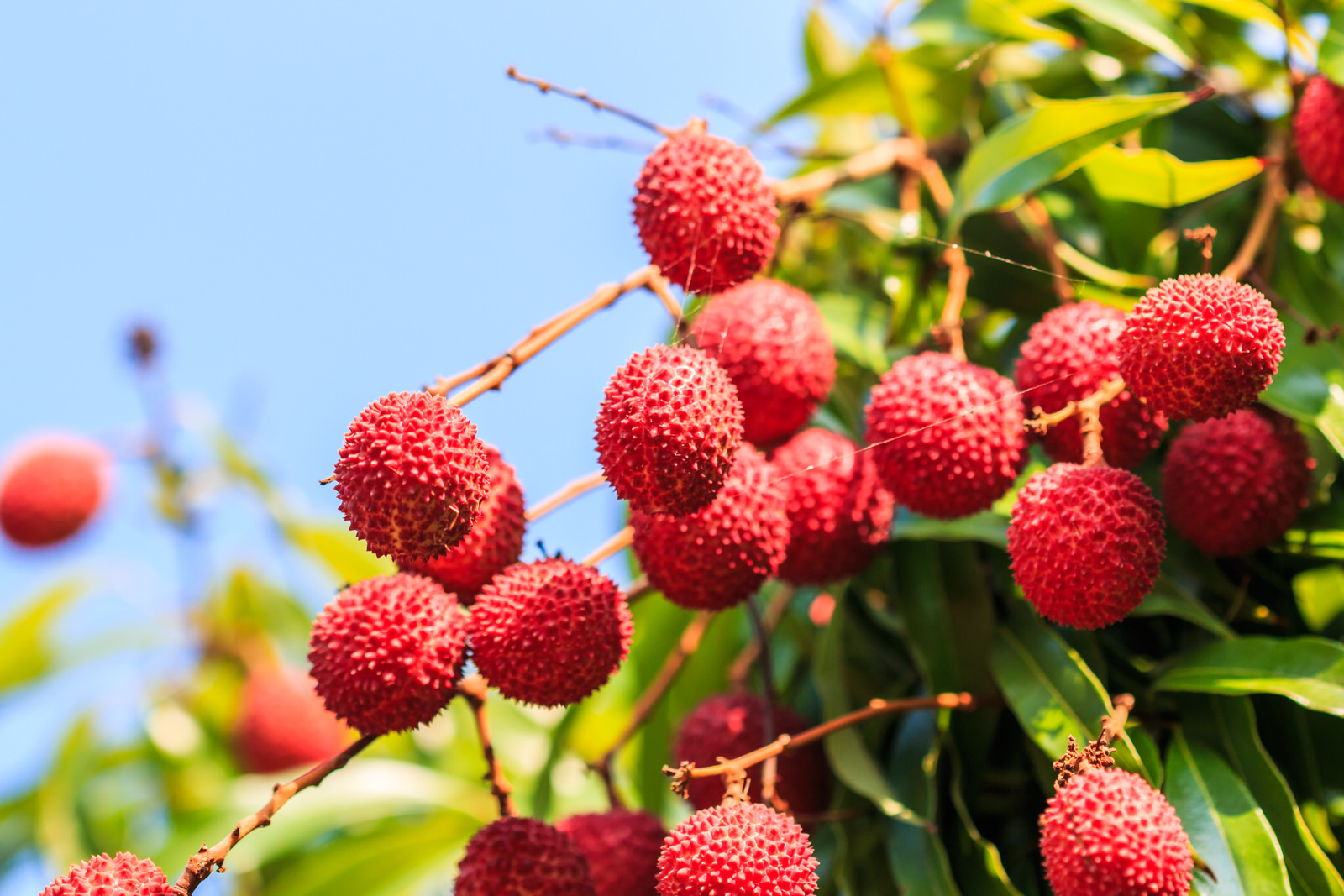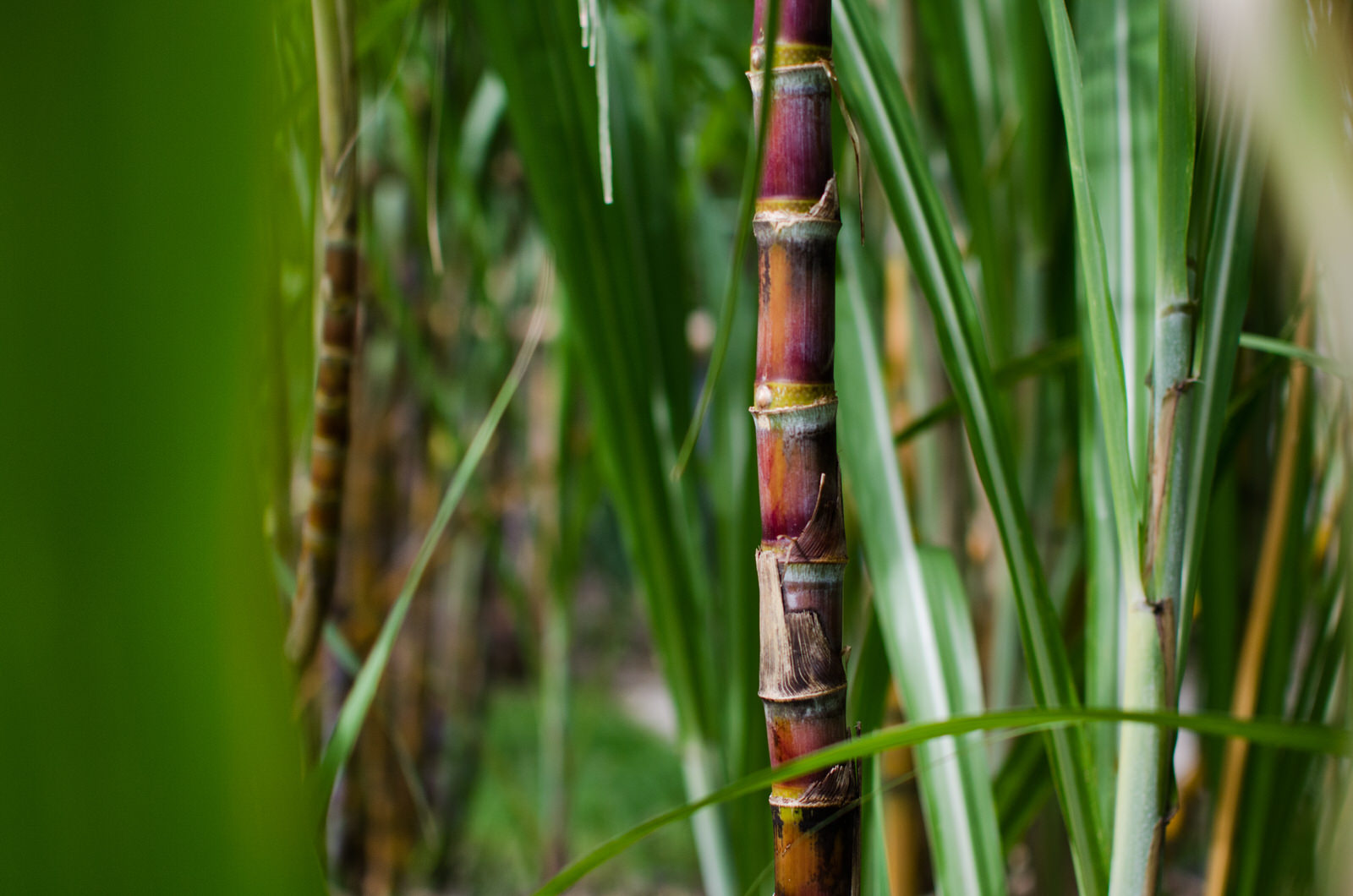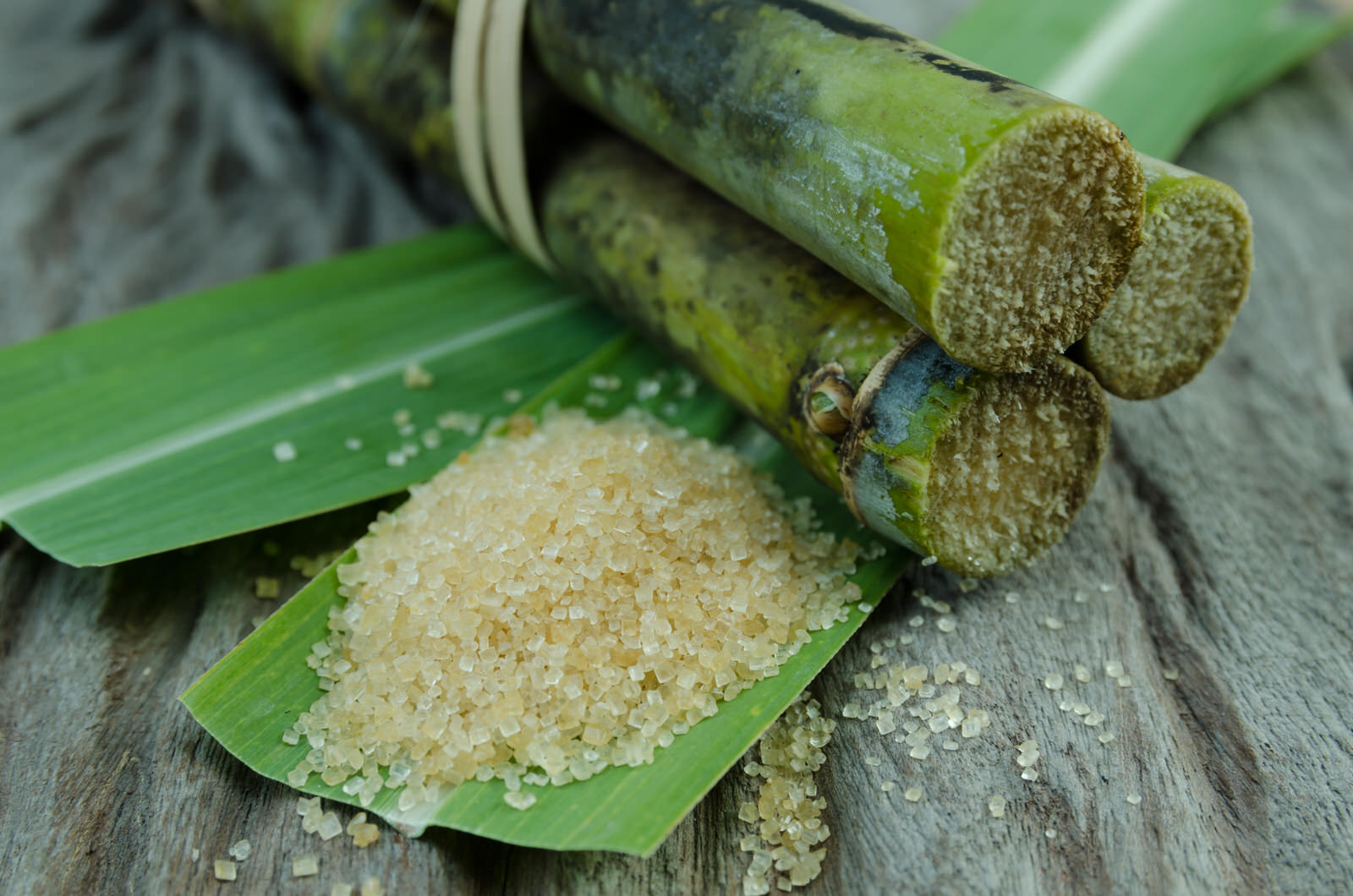Lychee is native to Southeast Asia and has been a favorite fruit of the Cantonese since ancient times. The fruit is usually eaten fresh but can also be canned or dried. The flavor of the fresh pulp is aromatic and musky, and the dried pulp is acidic and very sweet.
There are many different varieties of lychees. The one produced in Madagascar is the Mauritius variety which offers a medium size lychee fruit. The white, delicious flesh produces a very aromatic scent and it is also very sweet and juicy. That makes the Madagascar lychee a highly appreciated product for Europe.
Sopral litchees are from the Mauritius variety, well known as end year party fruits. Much more perfumed than its Chinese counterpart it is processed at Sopral in light sirup. Sopral is producing Organic and Fair trade certified lychees, in jars or cans.
Madagascar is one of the poorest countries in the world, and its undeveloped logistics and infrastructure means it is unable to make the most of its agriculture sector. Alongside vanilla, cloves and pepper, lychees are one of the country’s few valuable exports, and the sector provides a vital income to around 30,000 families, a figure that rises during harvest time.
Lychees: an exotic fruit that provides key revenues for thousands of poor families in Madagascar.
Scattered across the East coast of the country, small family farms make up 95% of lychee production. For some families, this seasonal fruit can be the only financial income.
Lychees when taken at regular consumption can help control the blood sugar level in our body. But as long as you are consuming lychees on a regular basis and only those fully ripe fruits, you should not worry about it. Lychee is rich in several healthy minerals, vitamins, and antioxidants. That content includes potassium, copper, vitamin C, epicatechin, and rutin.
Aside from being eaten peeled and raw, lychees are also used as a medicine in some countries. Eating lychee fruits can aid in easing some common illnesses such as cough, fever, and body pain. Lychee is also known to energize the body and helps flush the body toxins through urination.
In the line of food, lychees are not only eaten fresh, as they are also incorporated into different recipes from different cuisines all over the world. The distinctive flavor of the flesh is also used as a flavoring on juices, jams and desserts.
